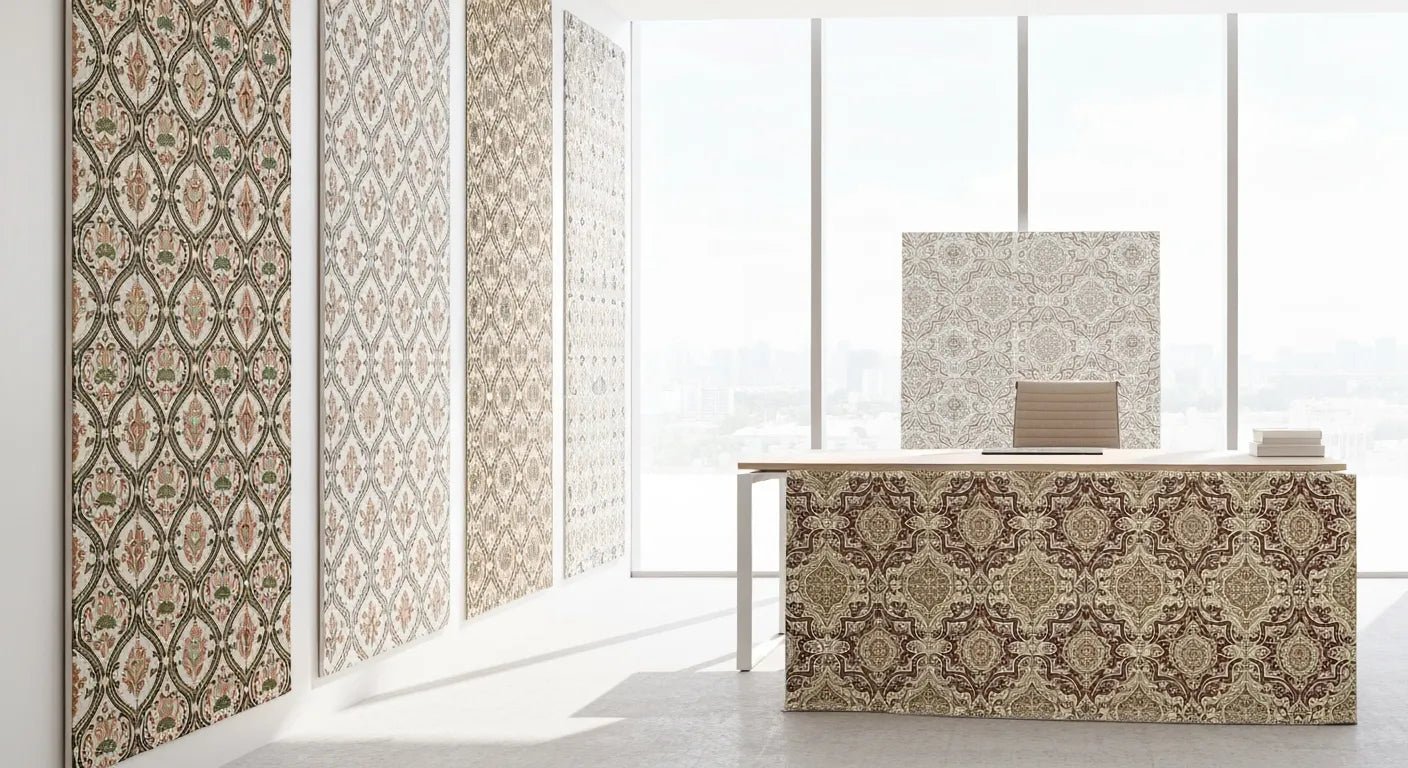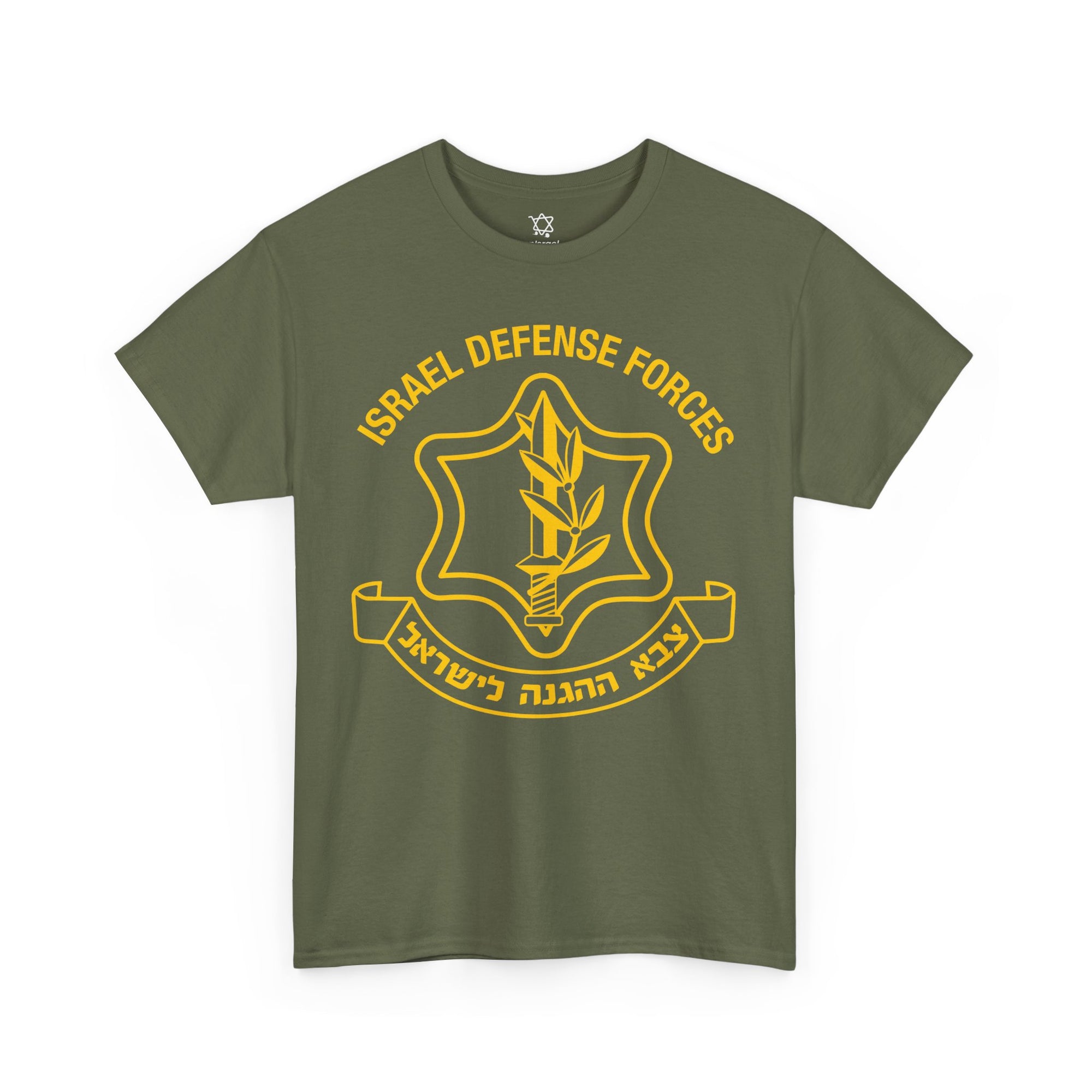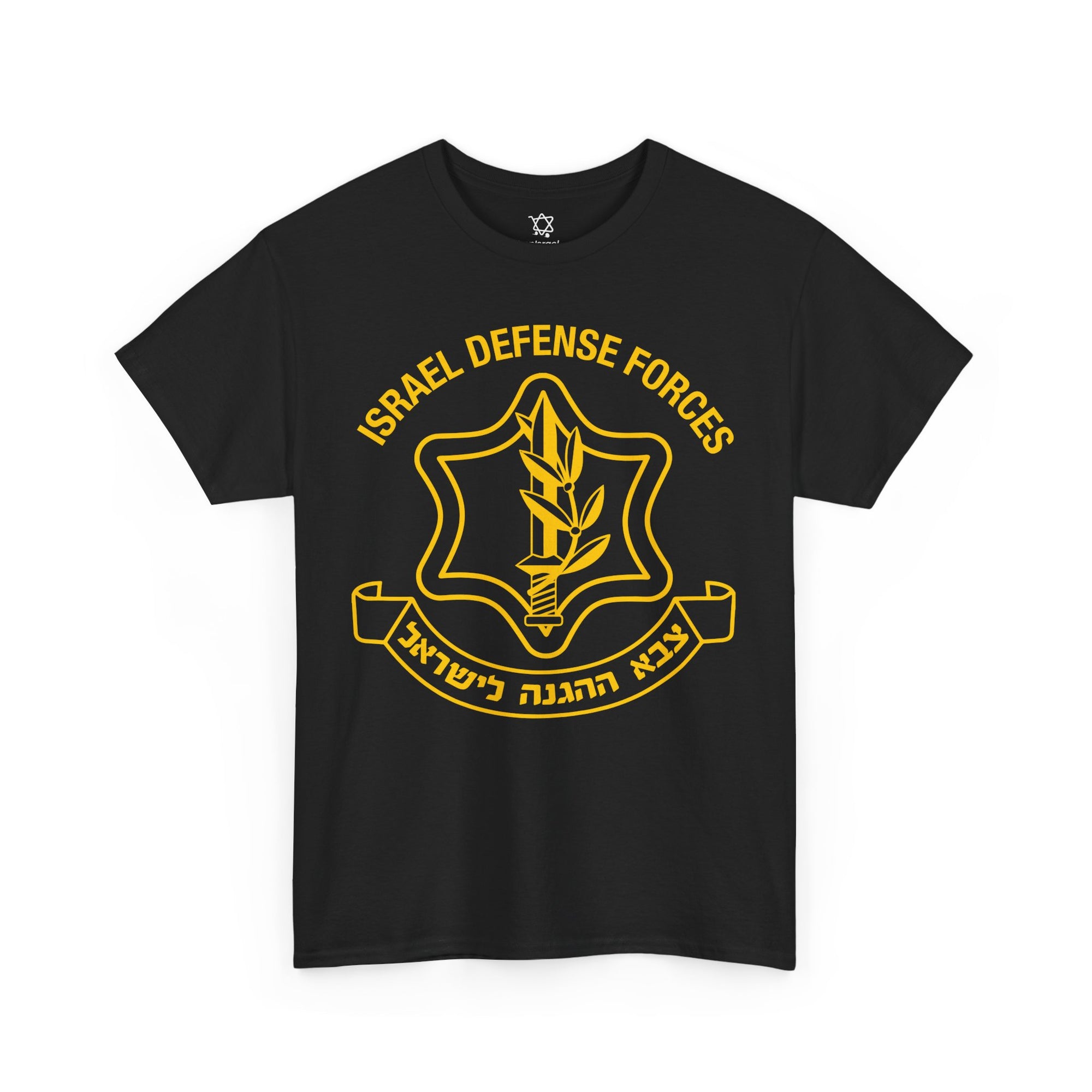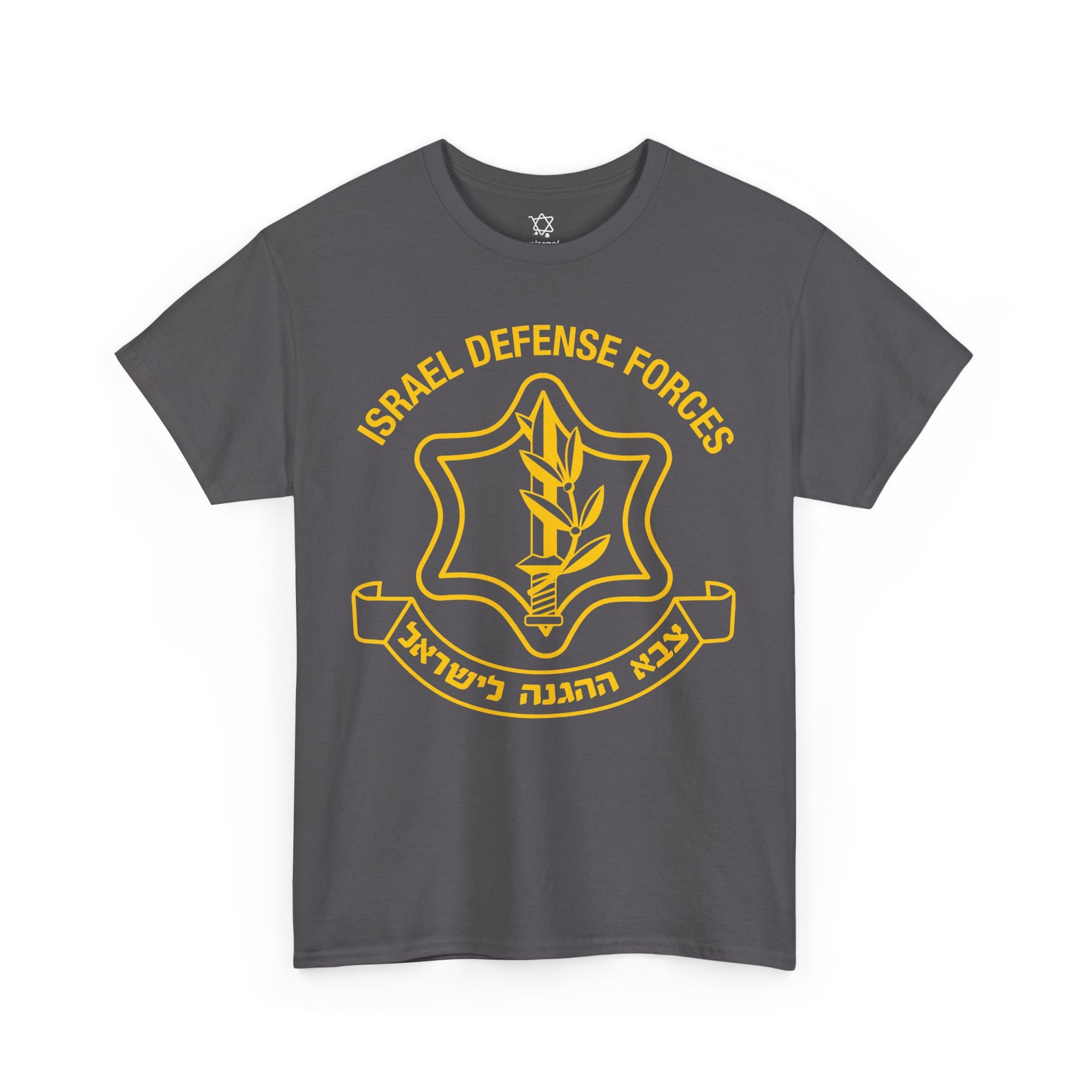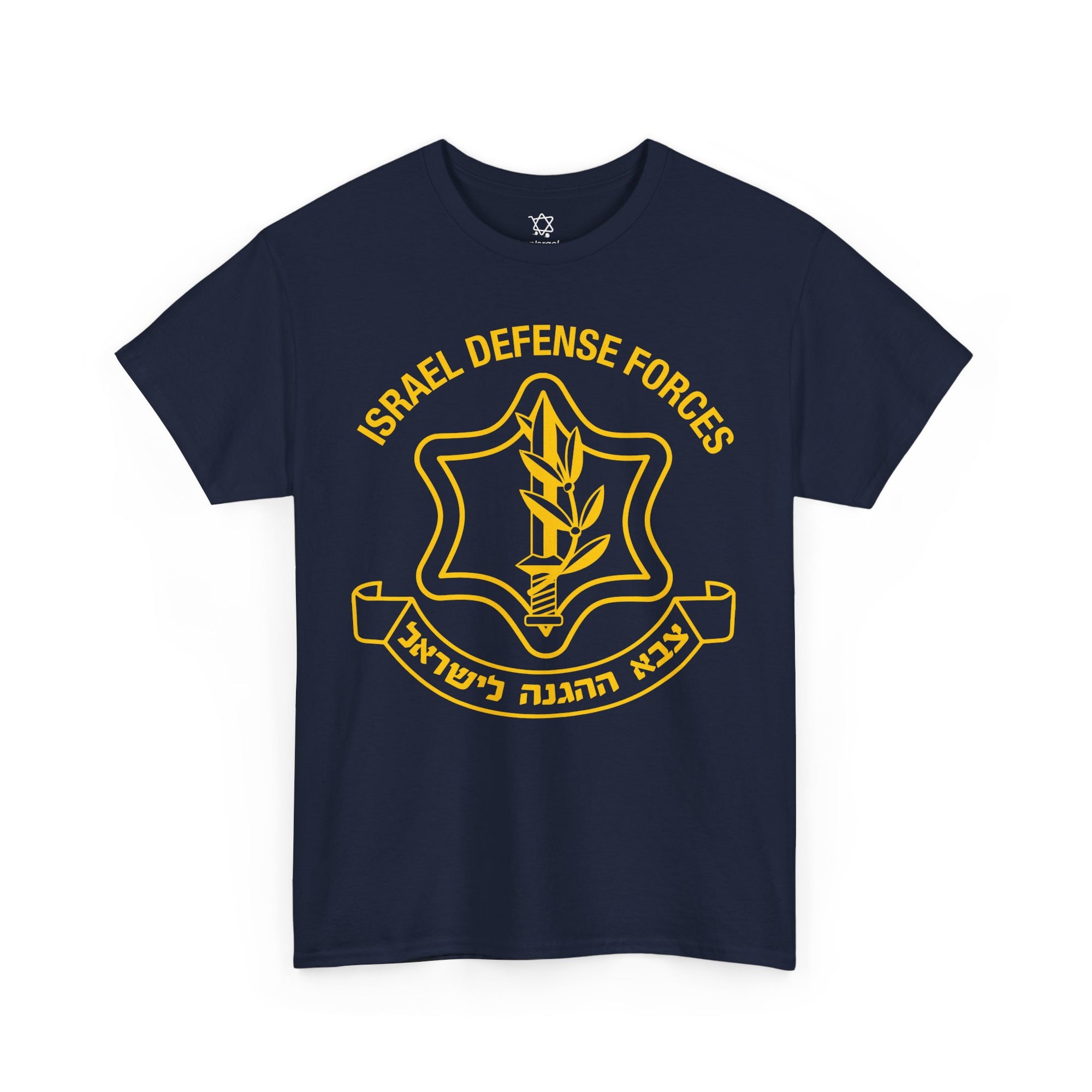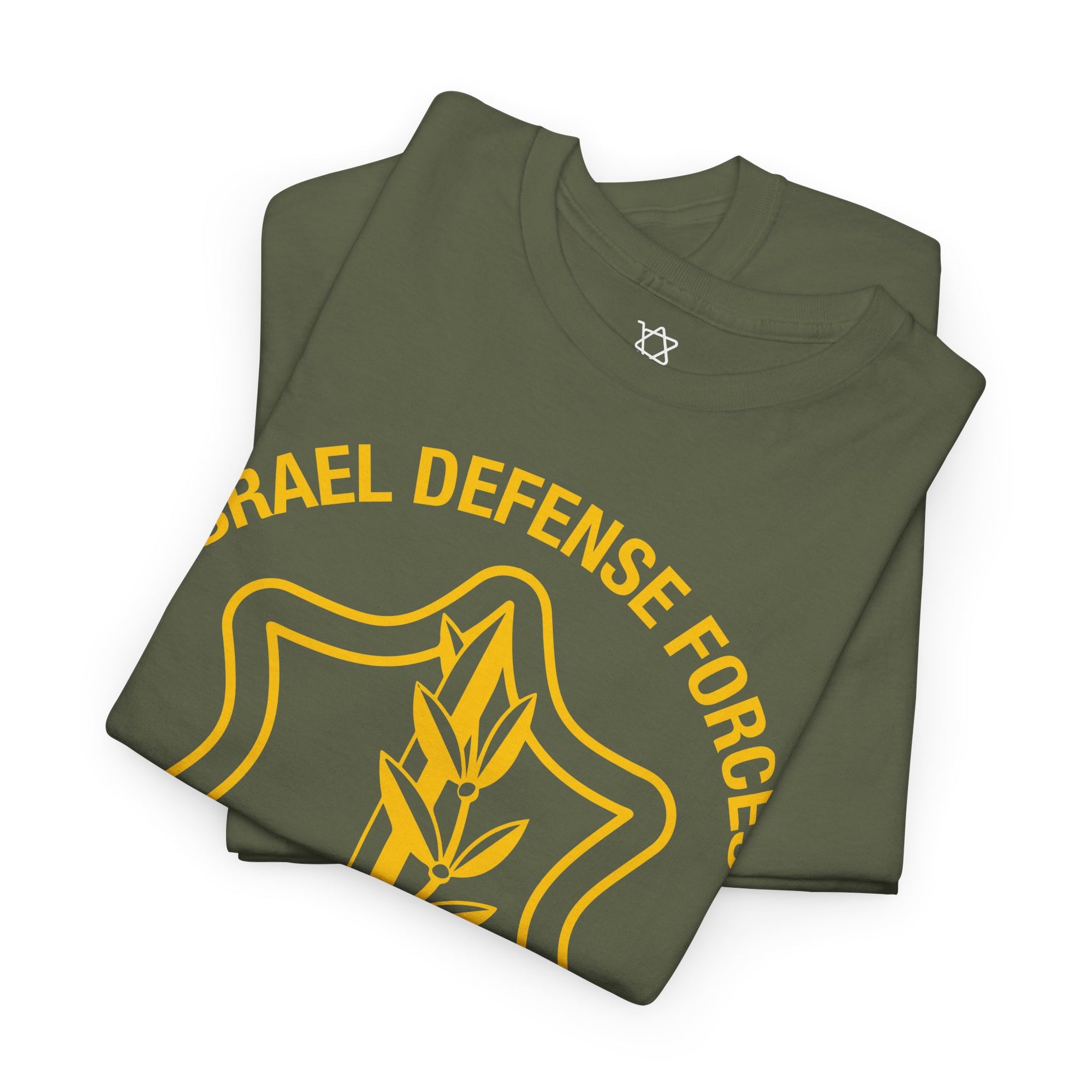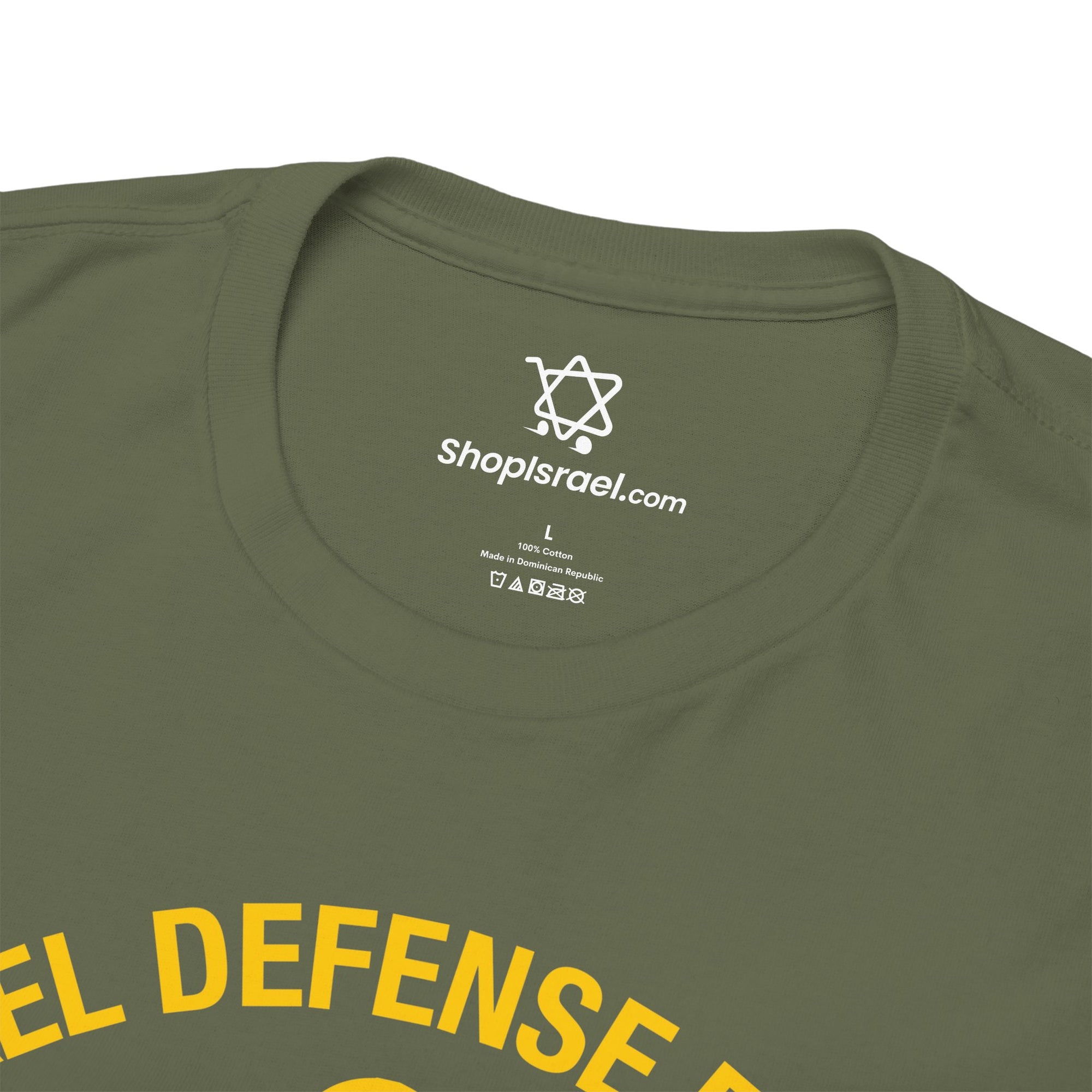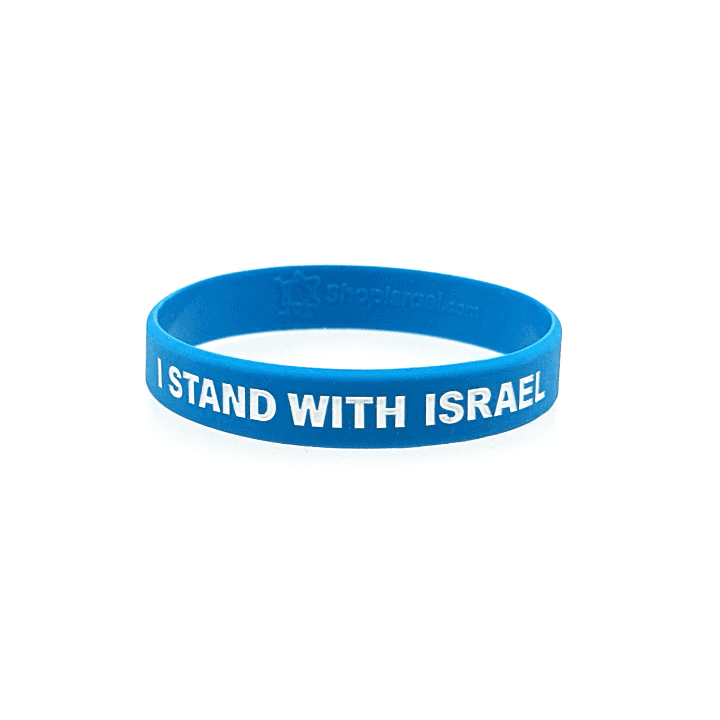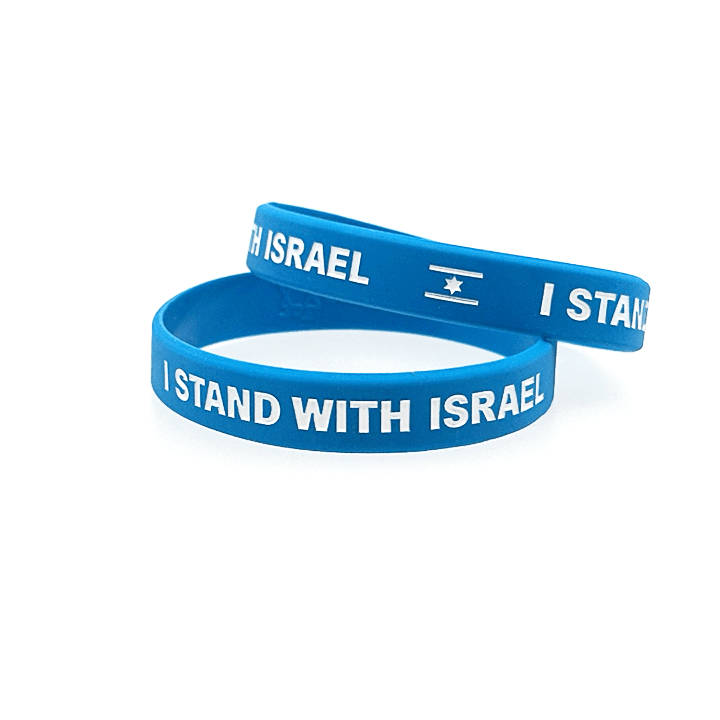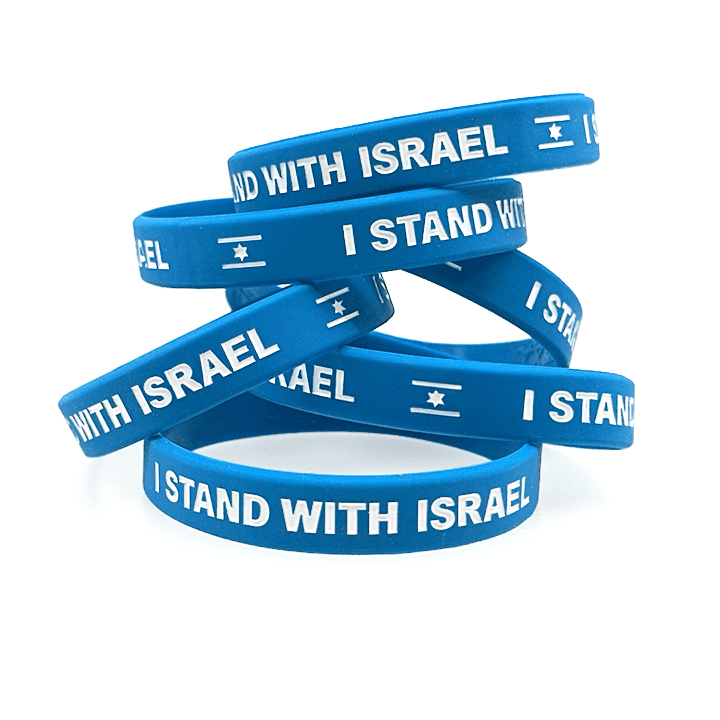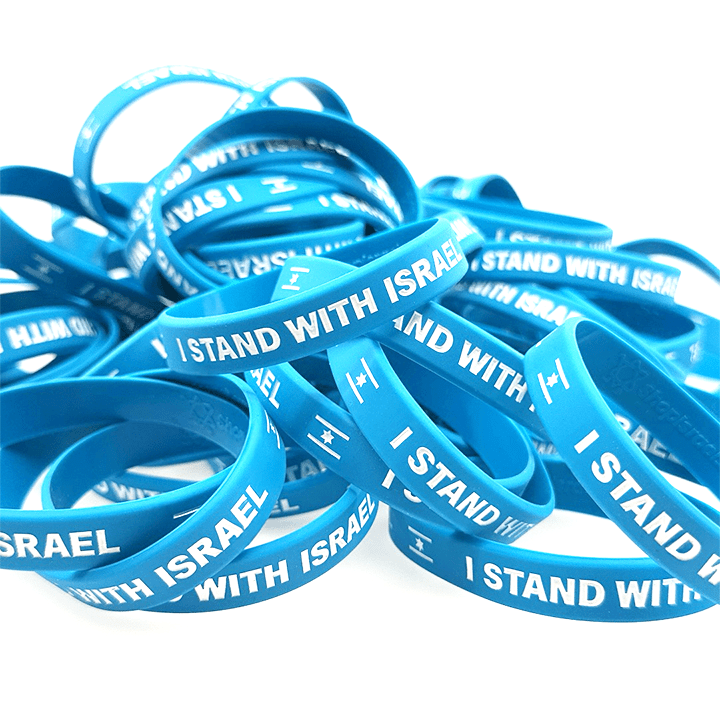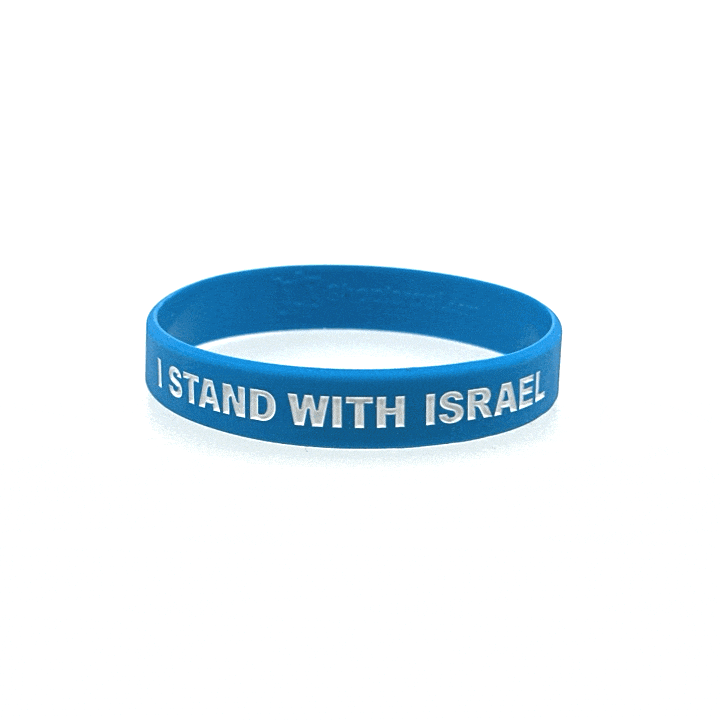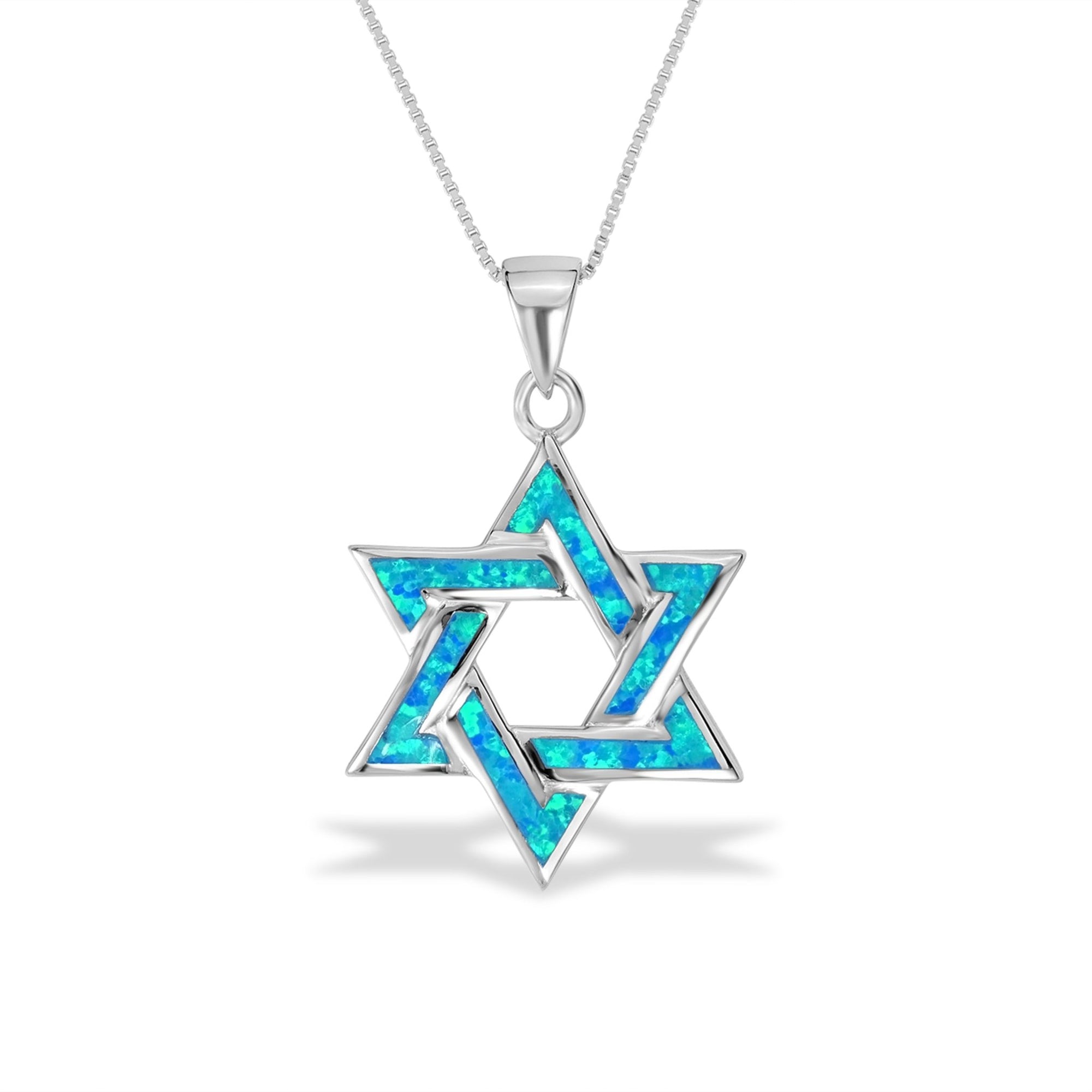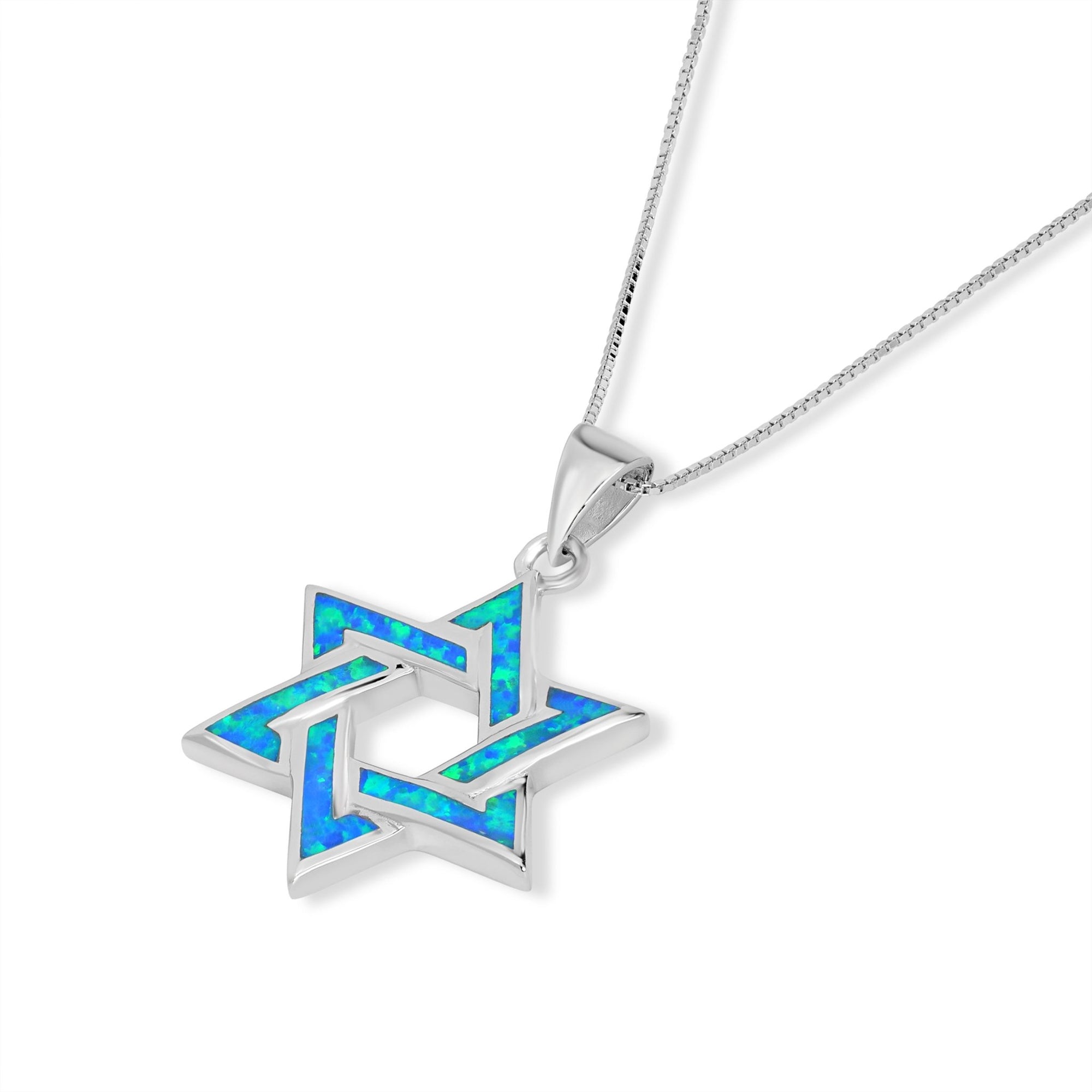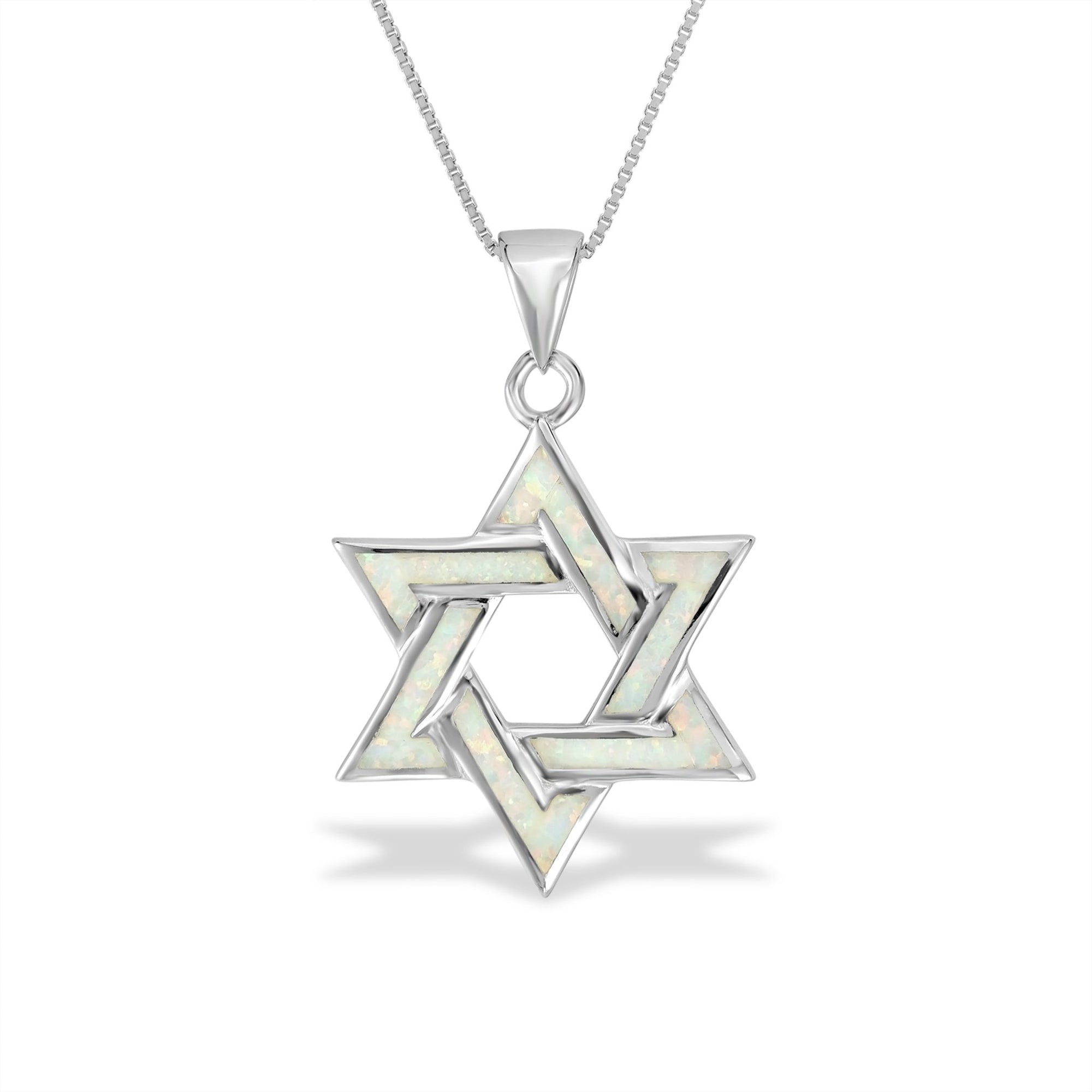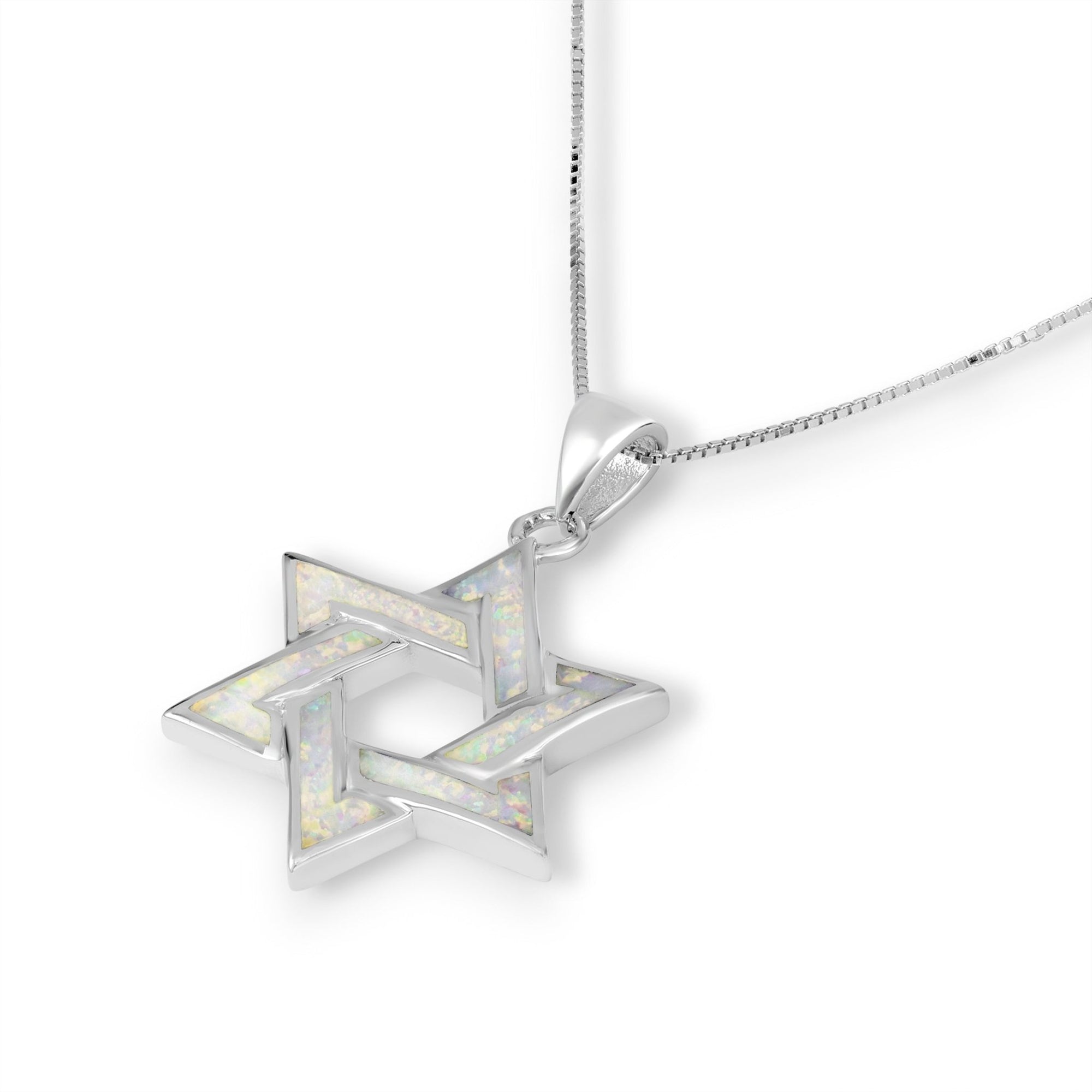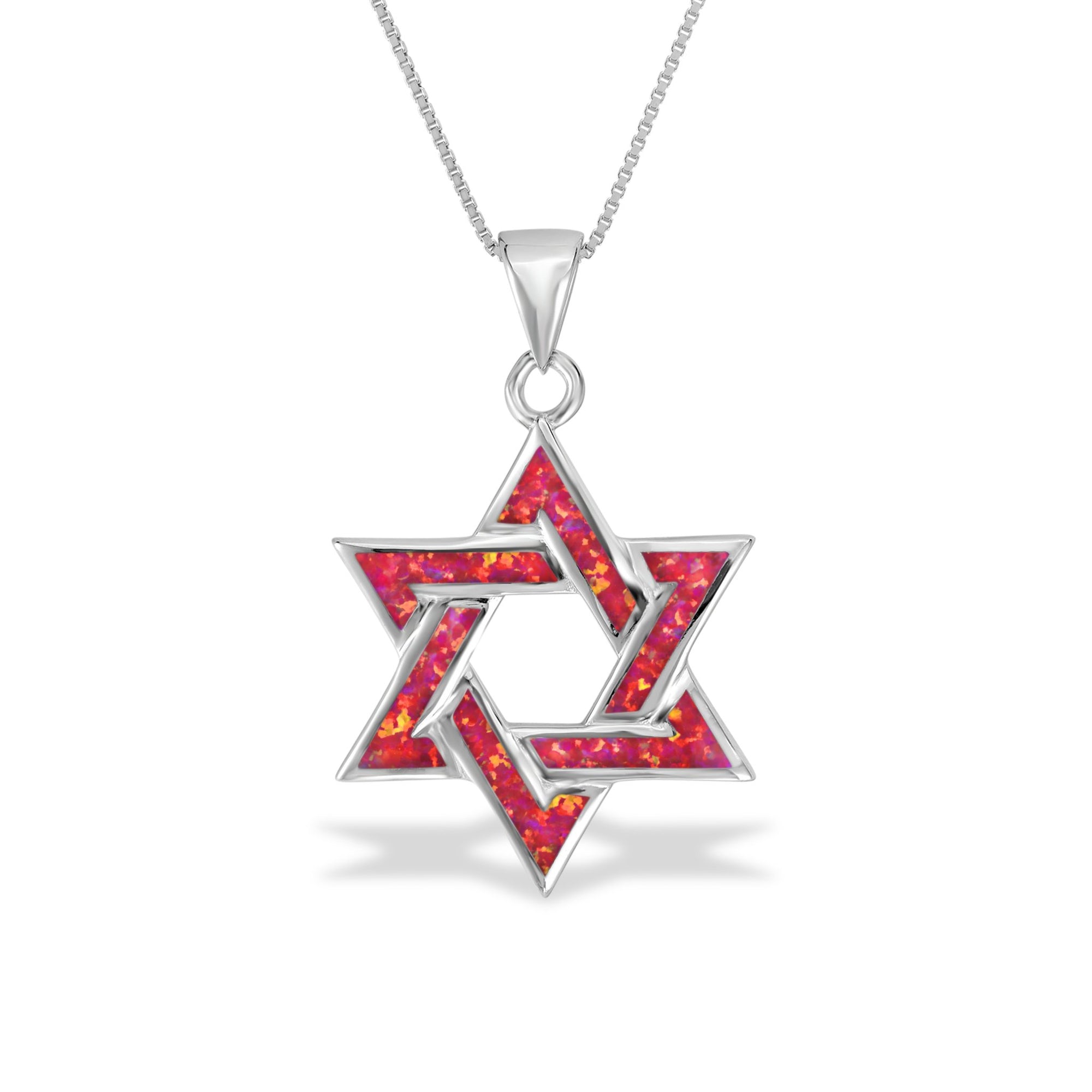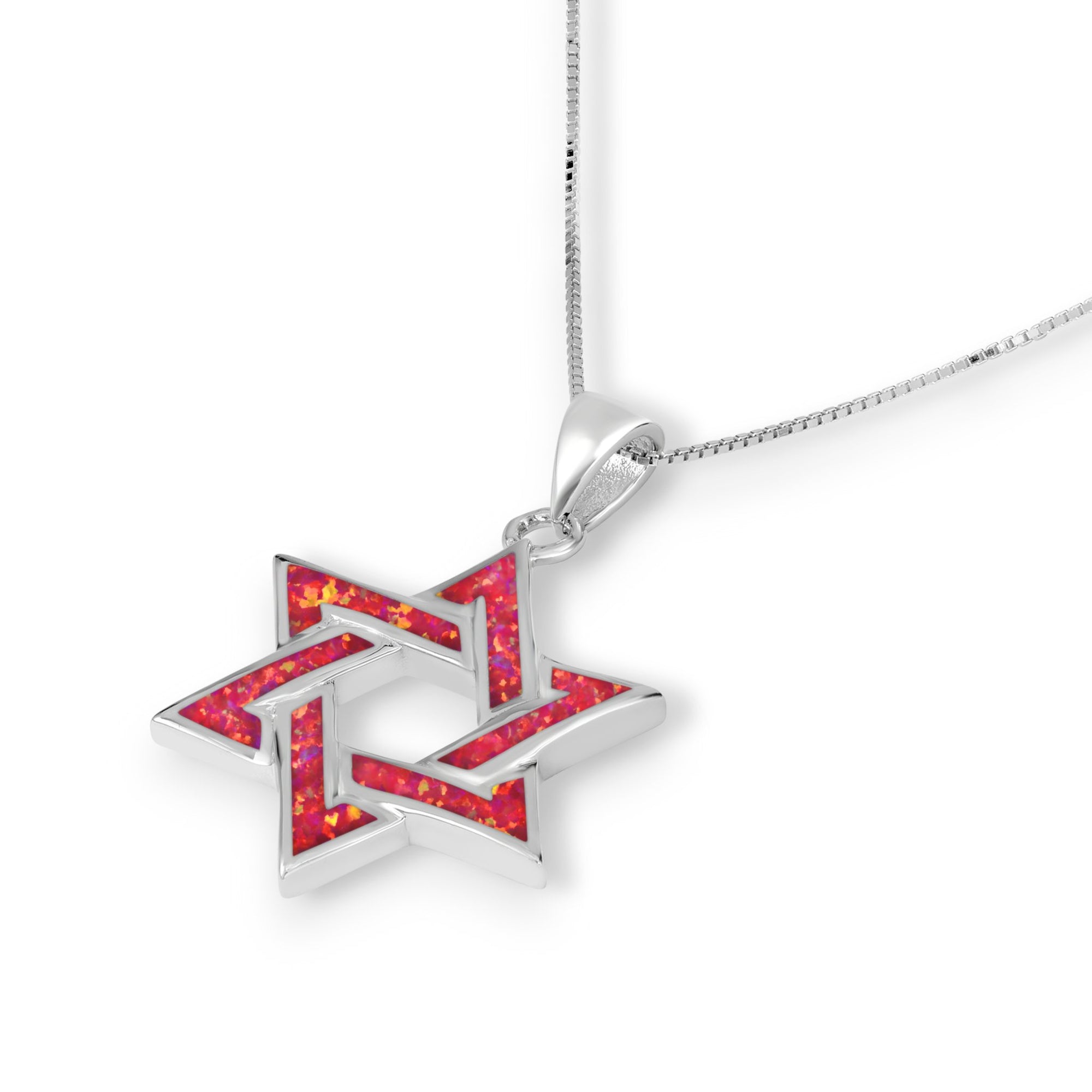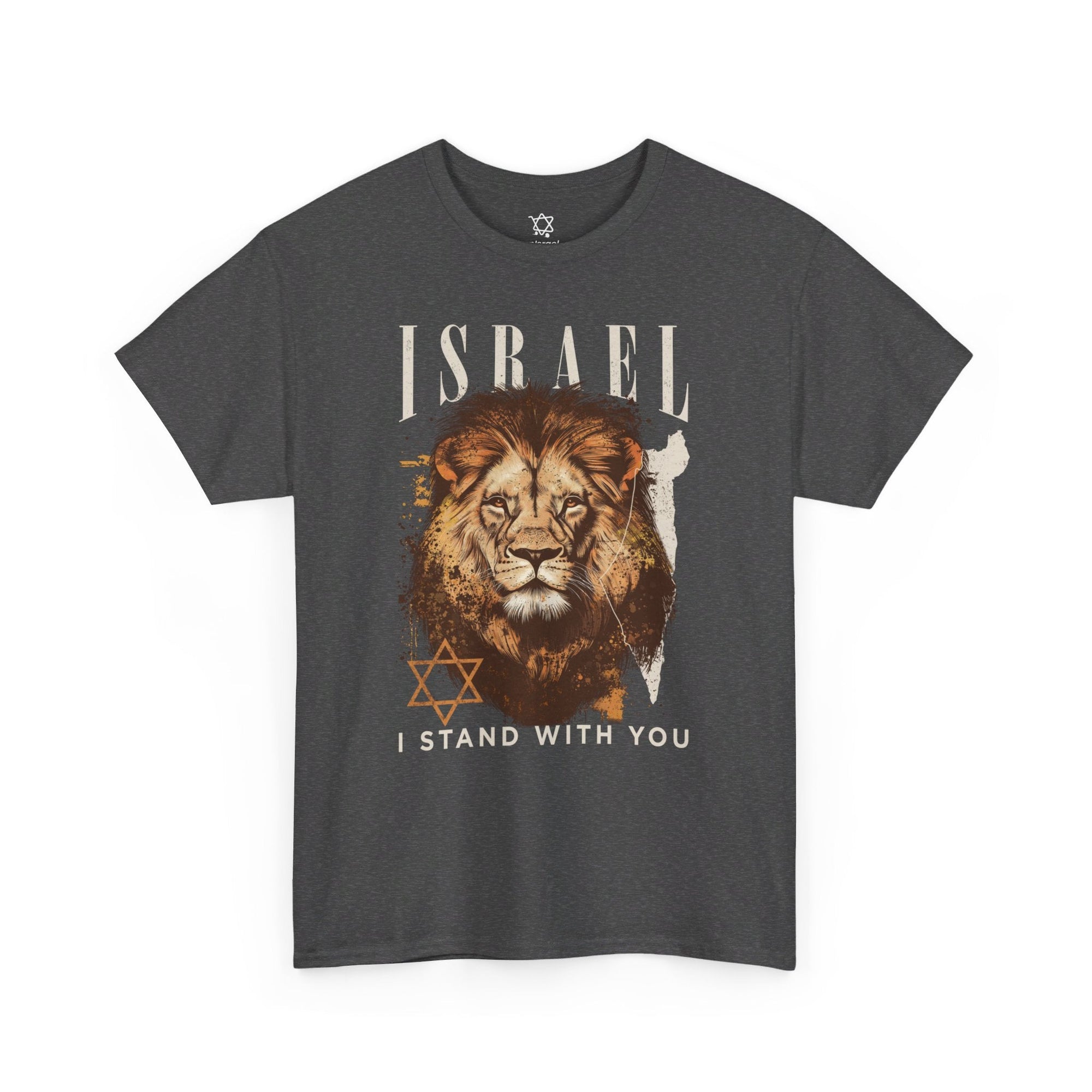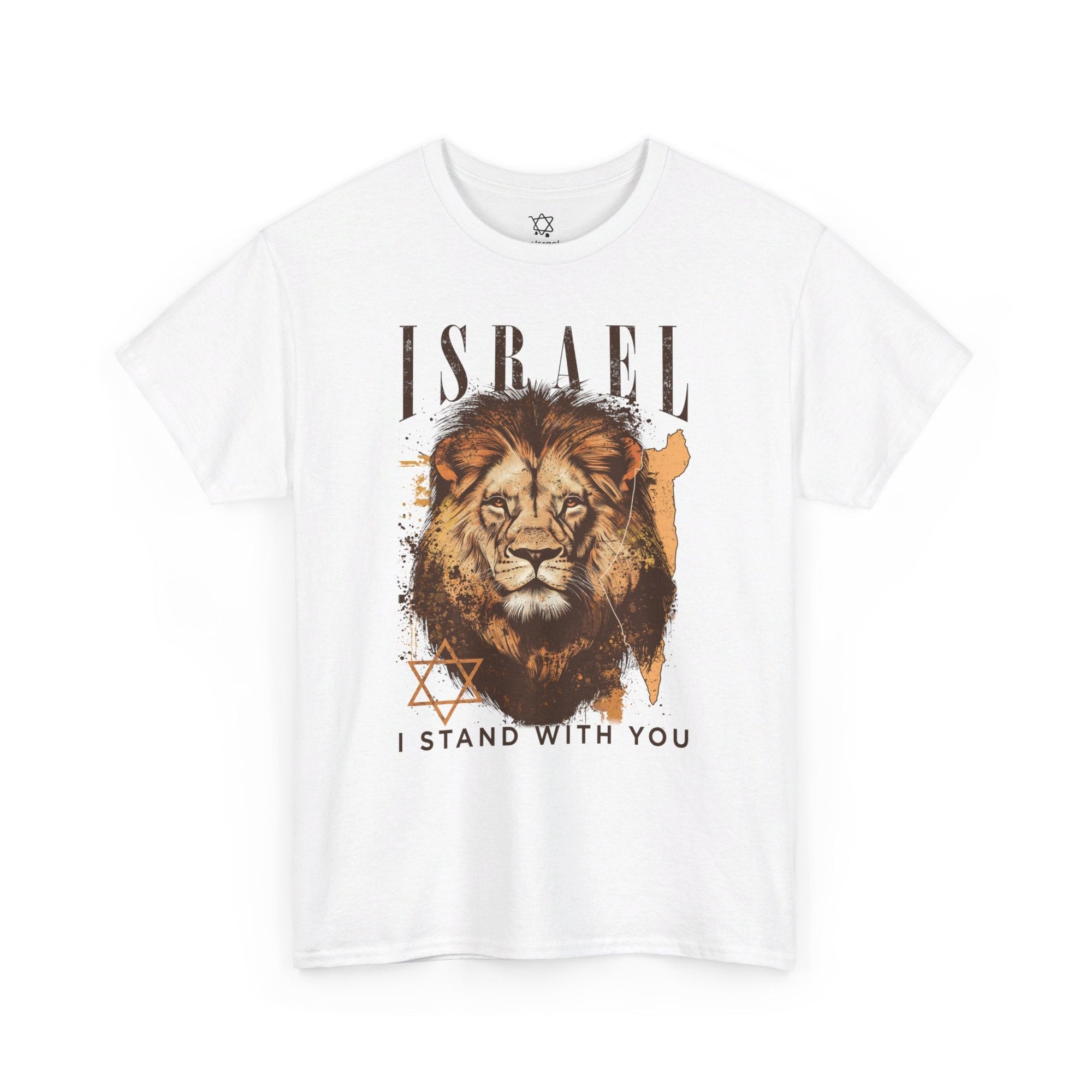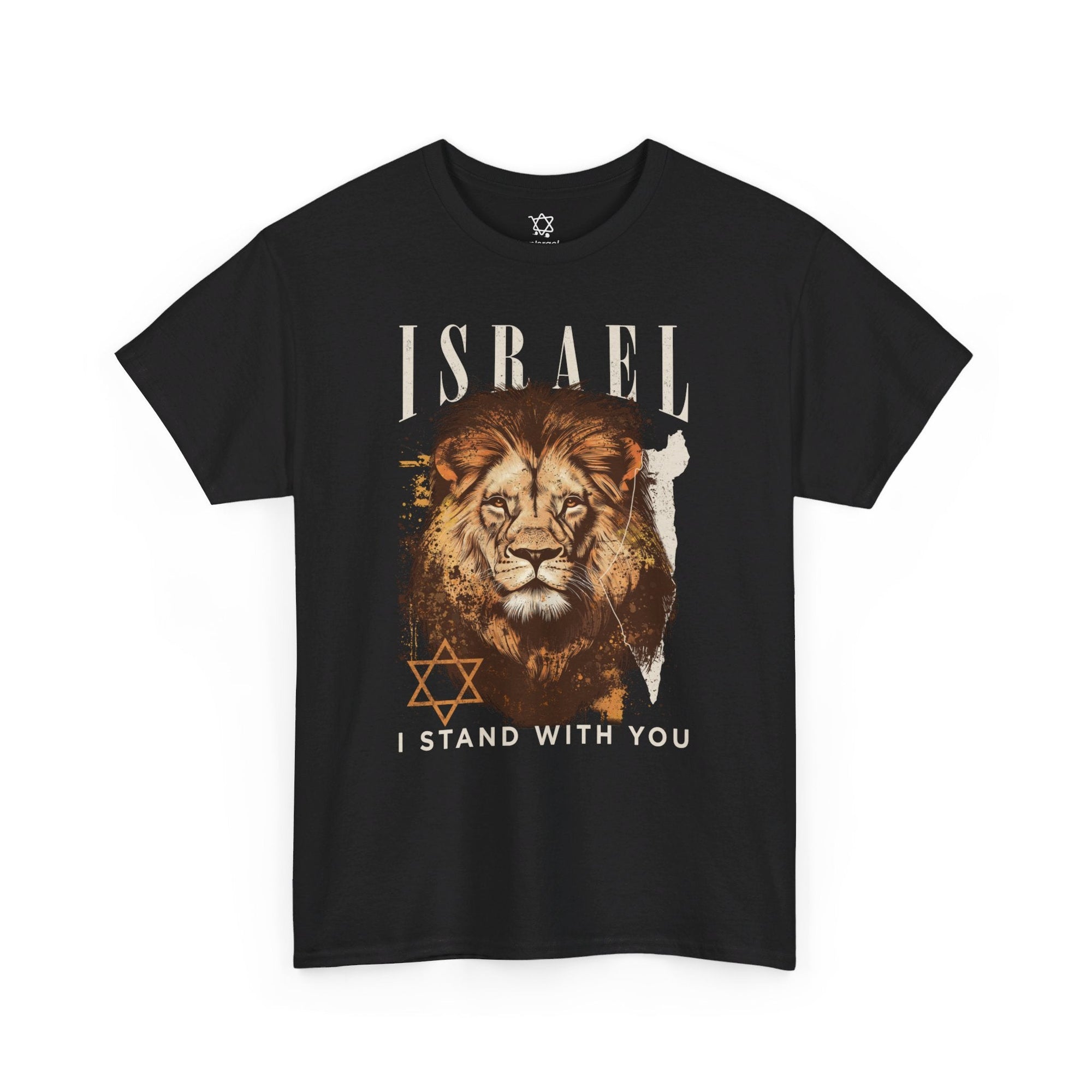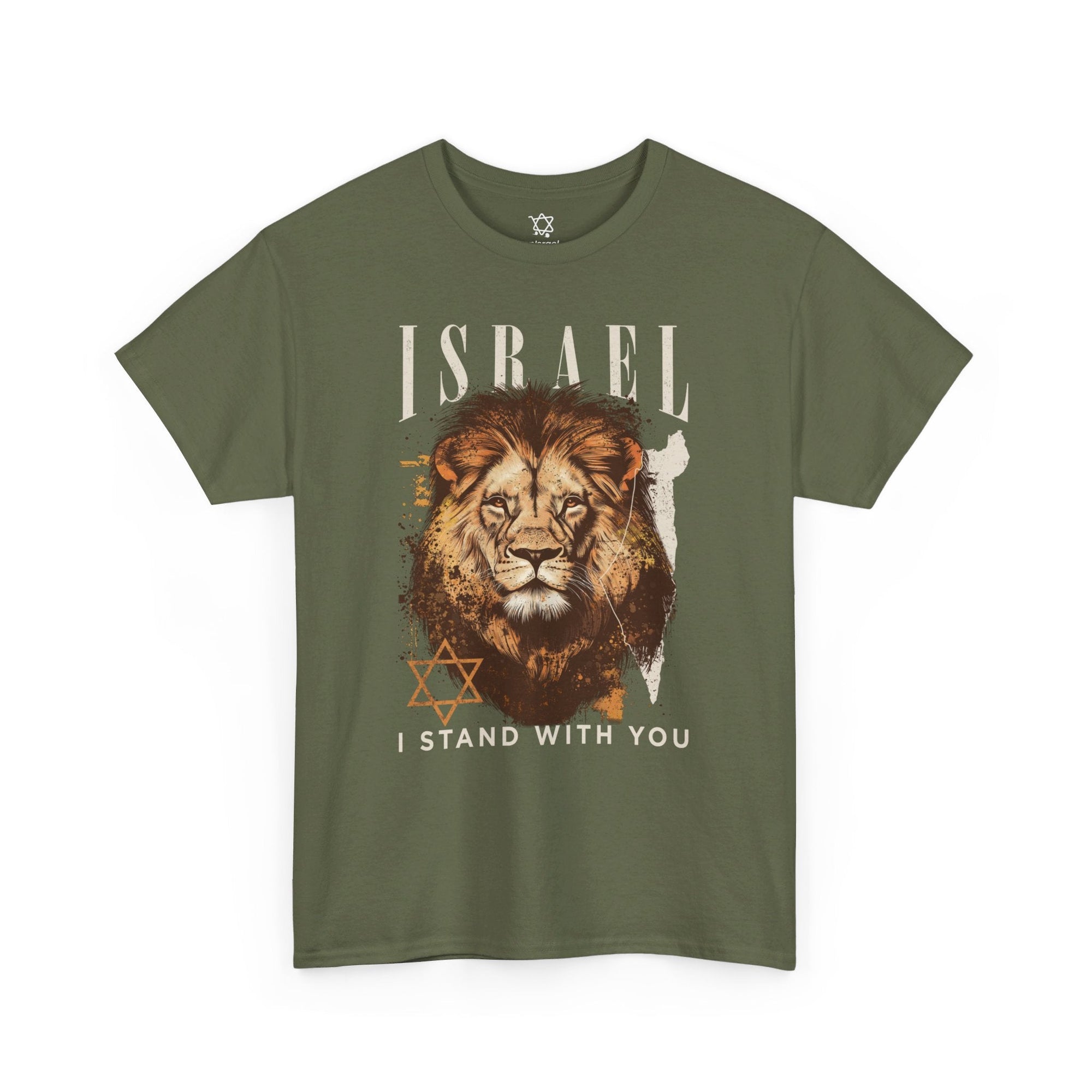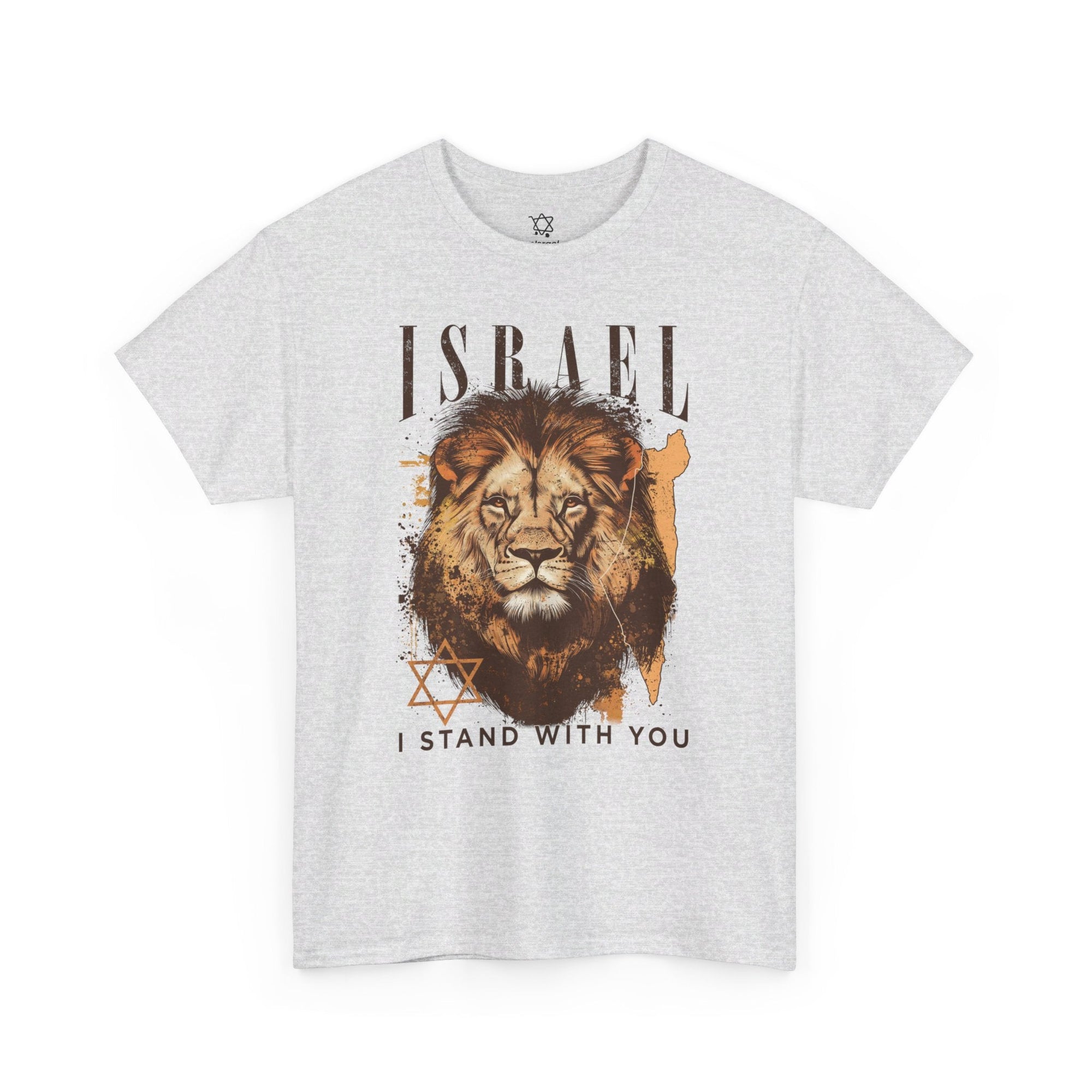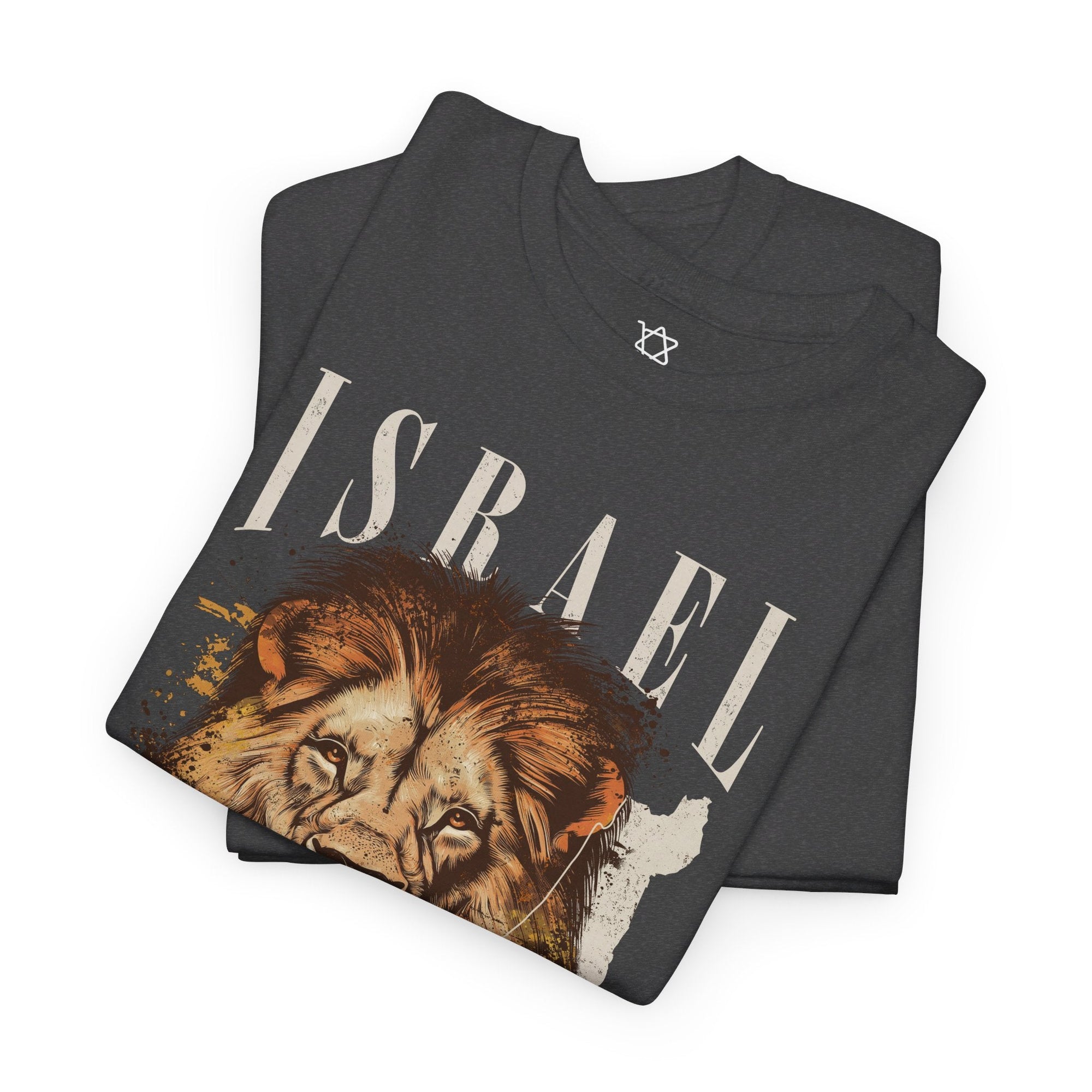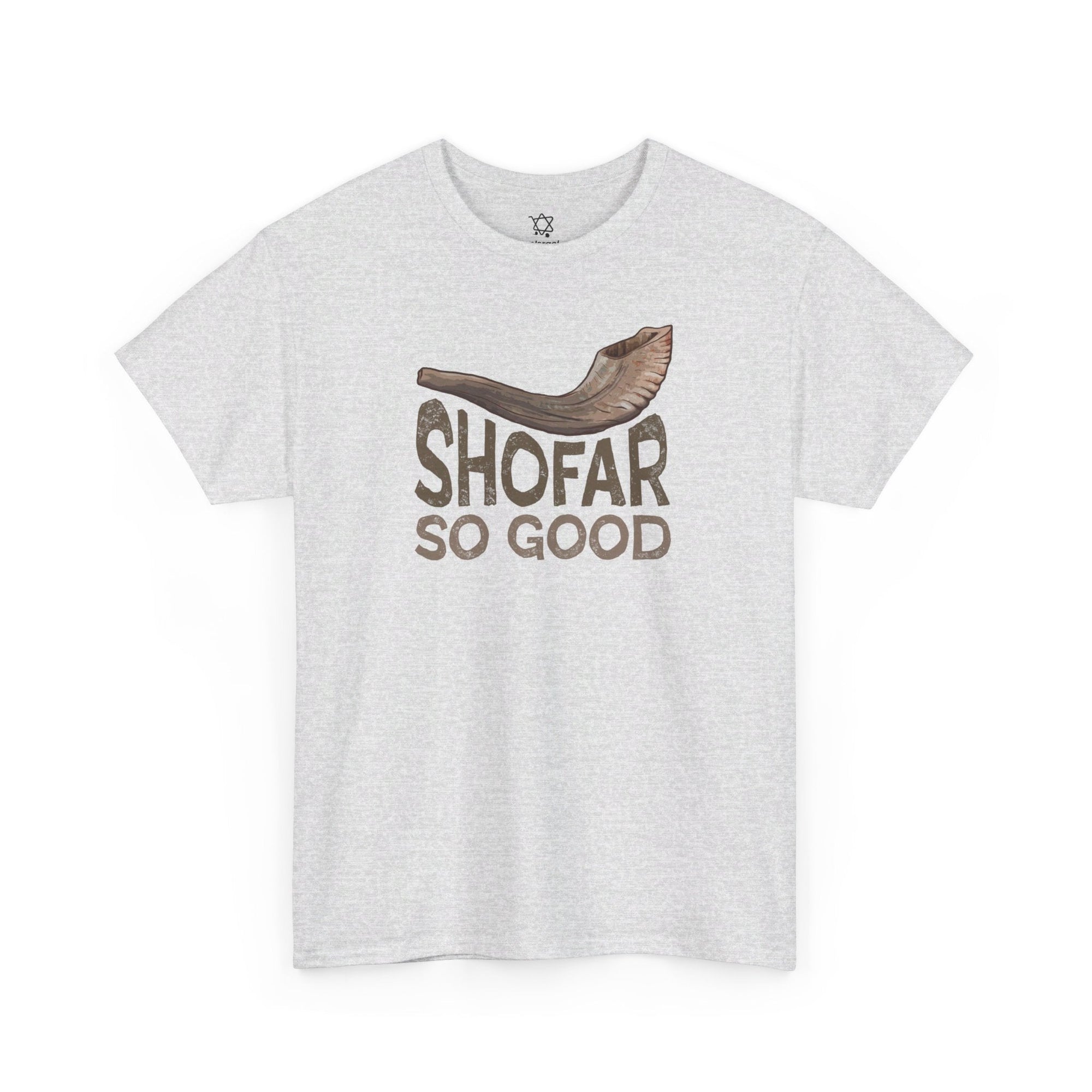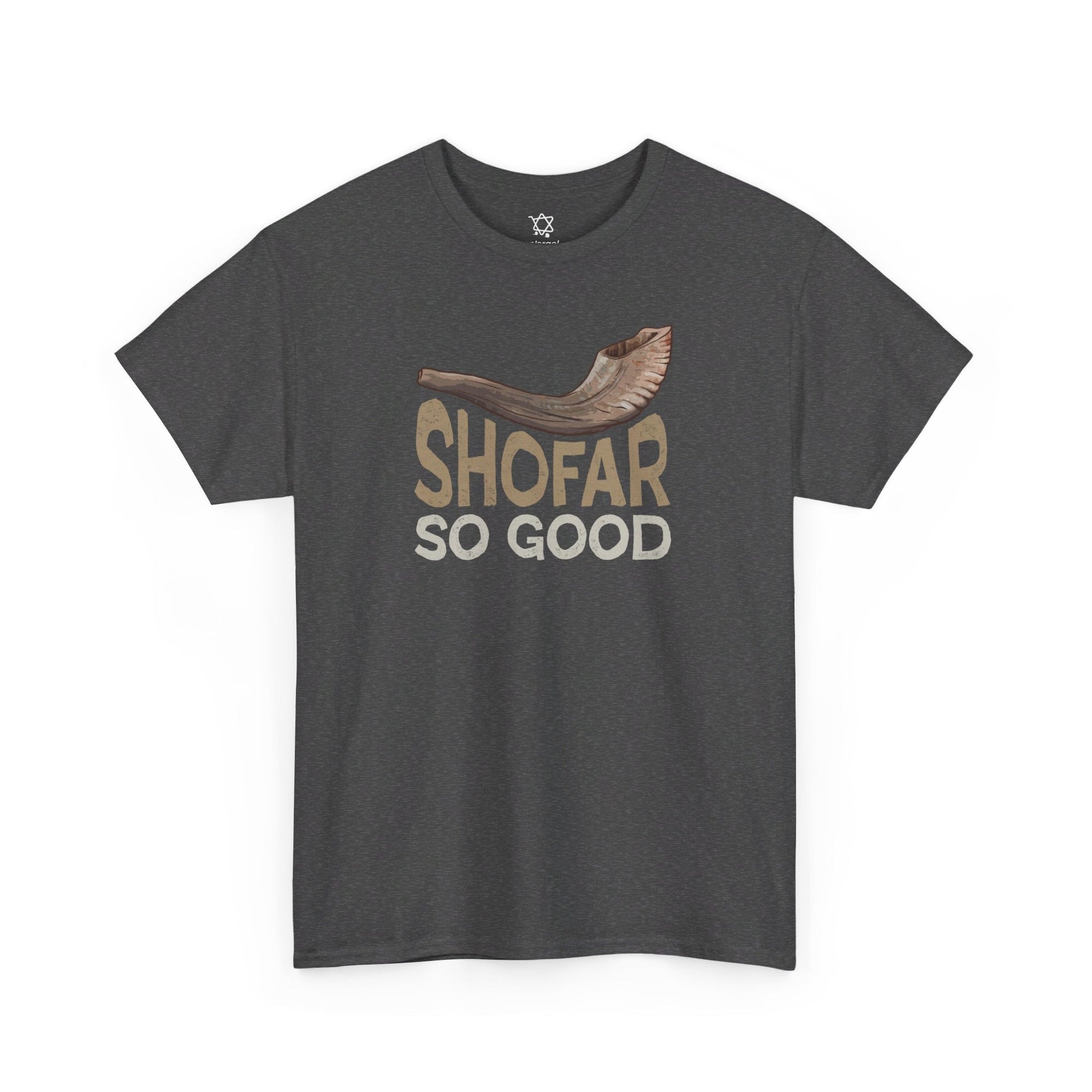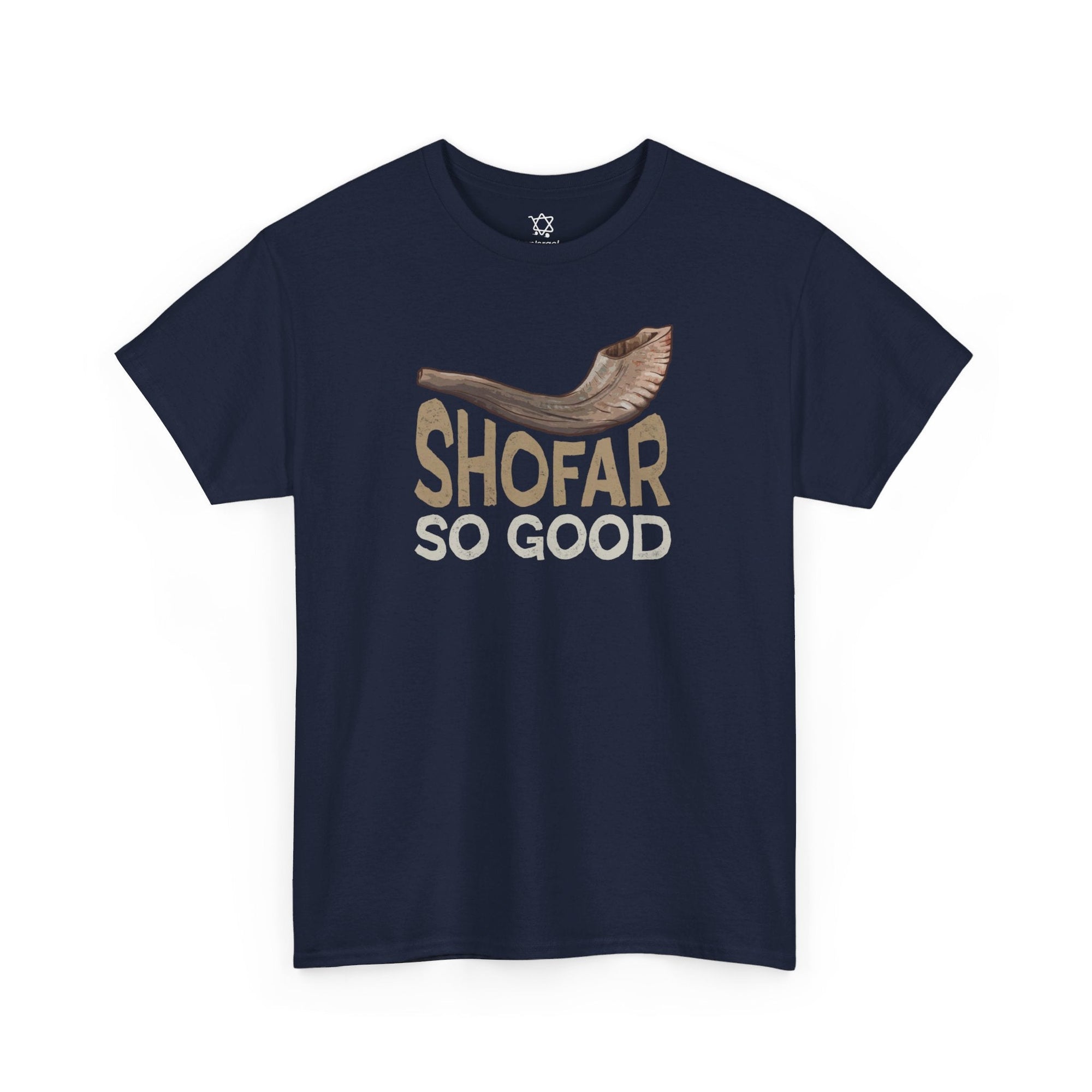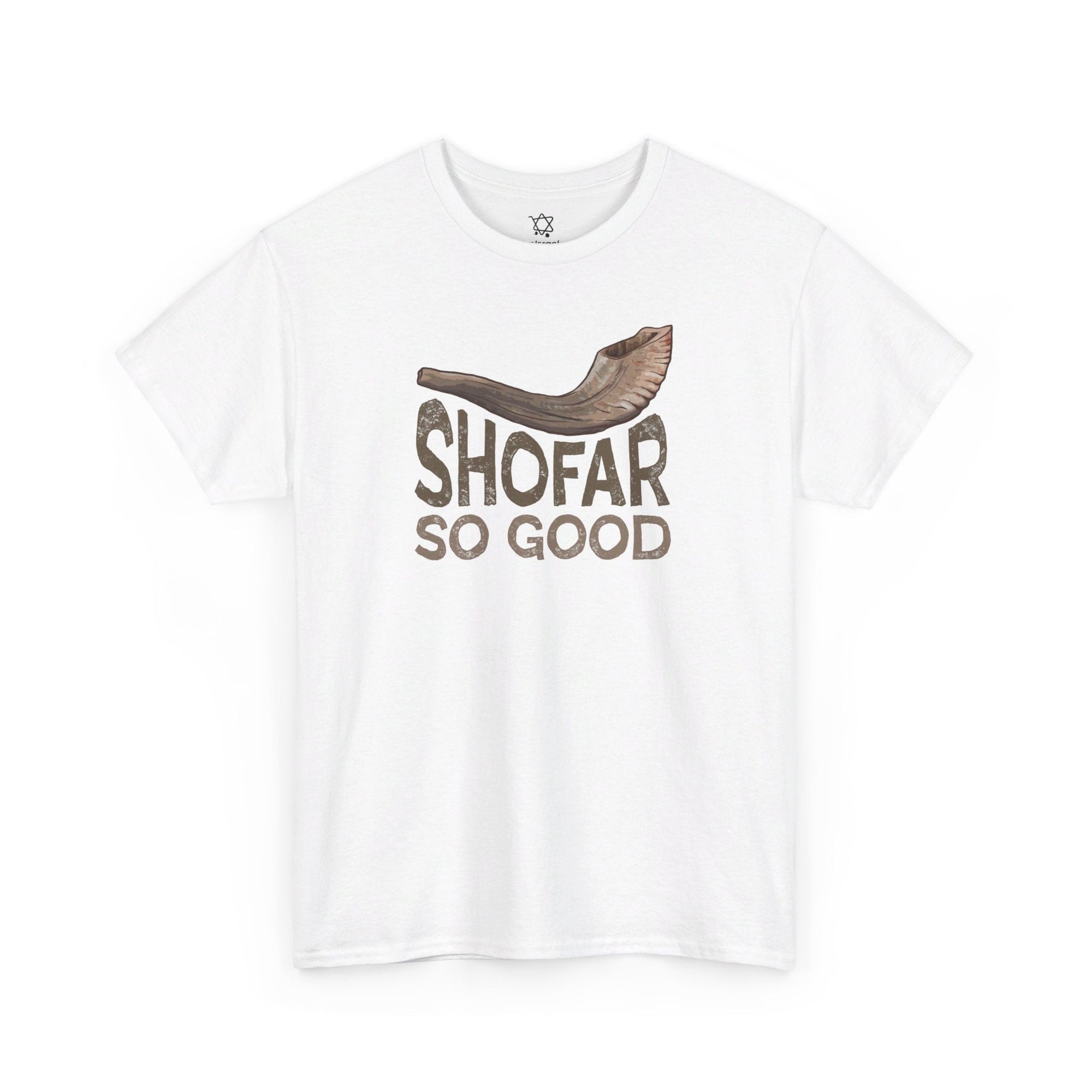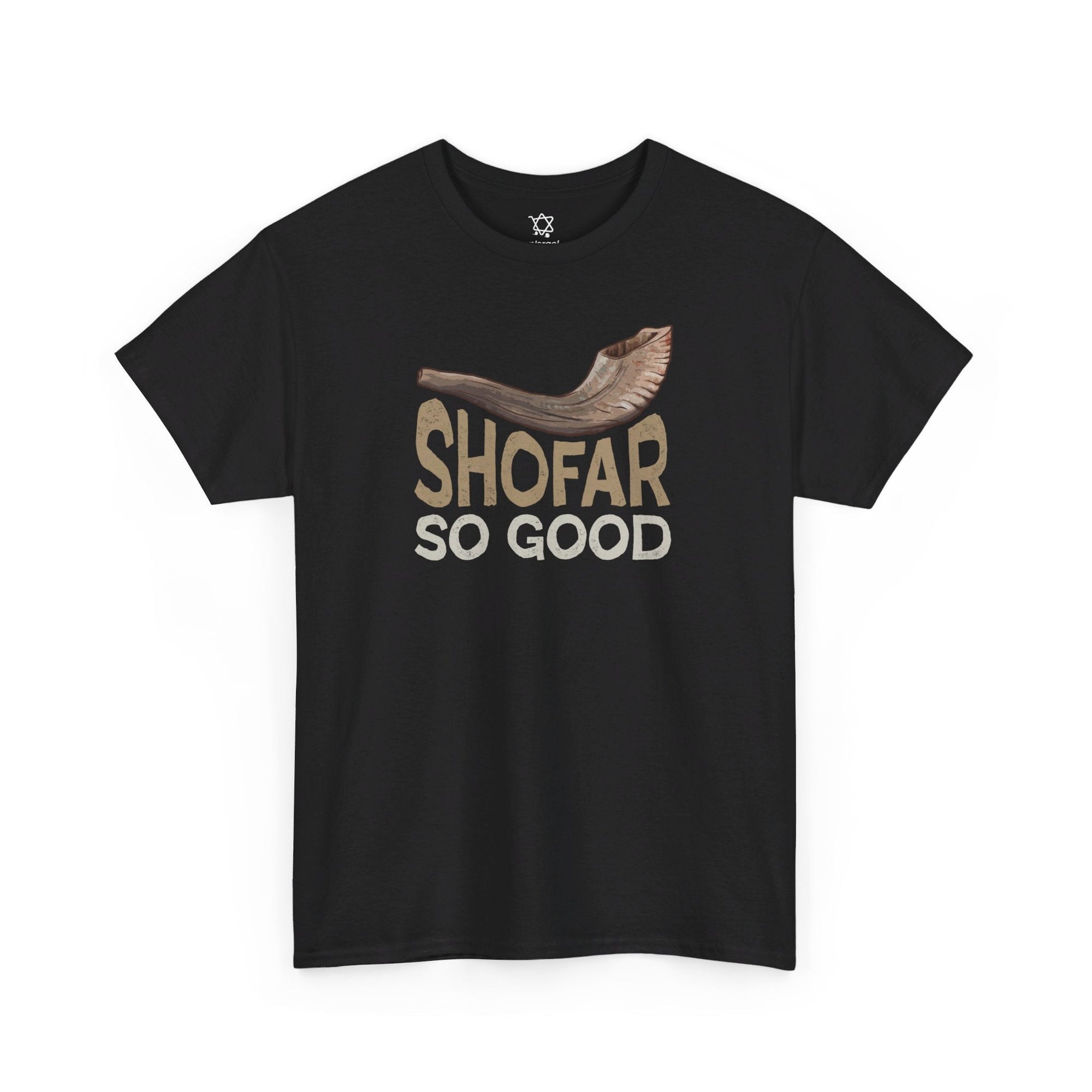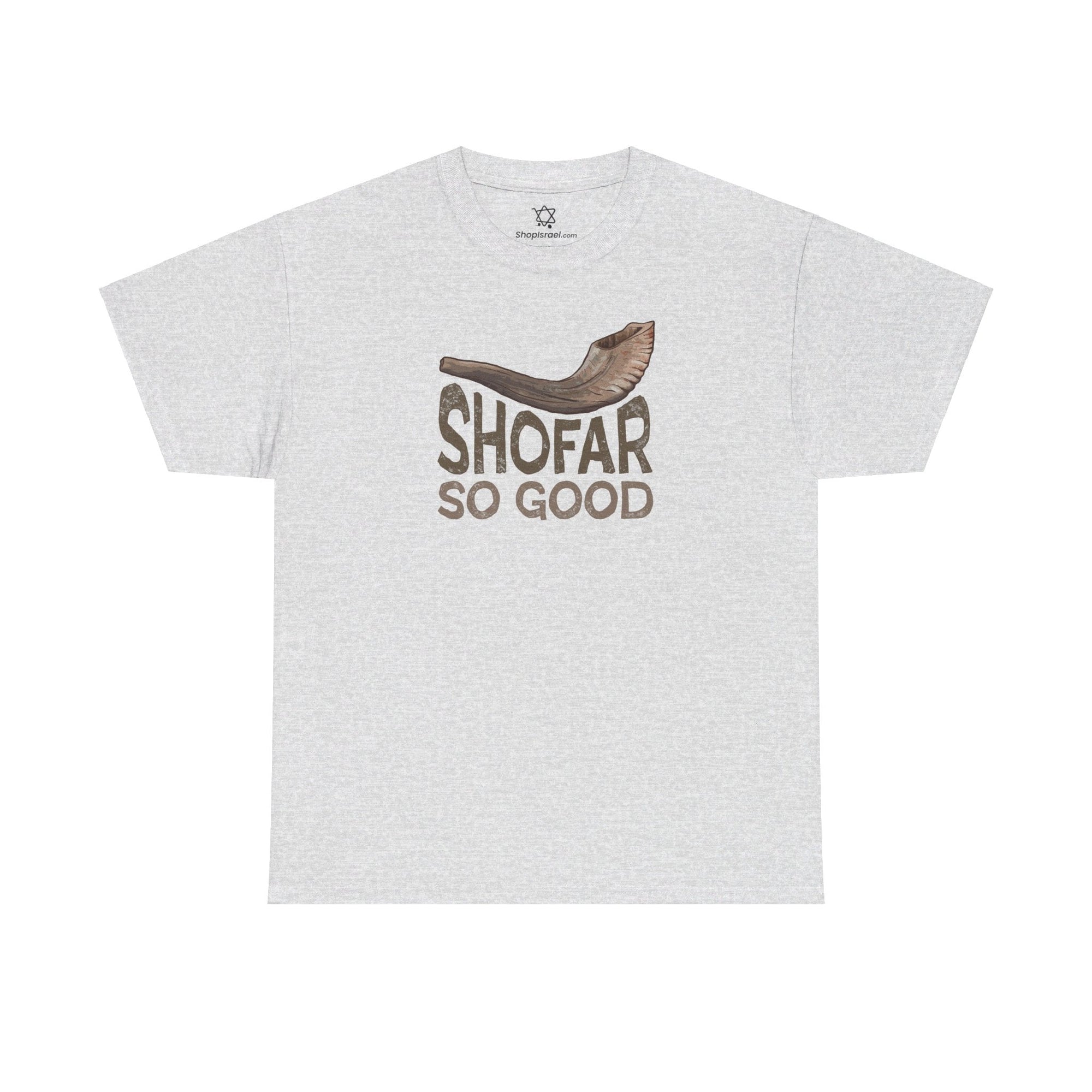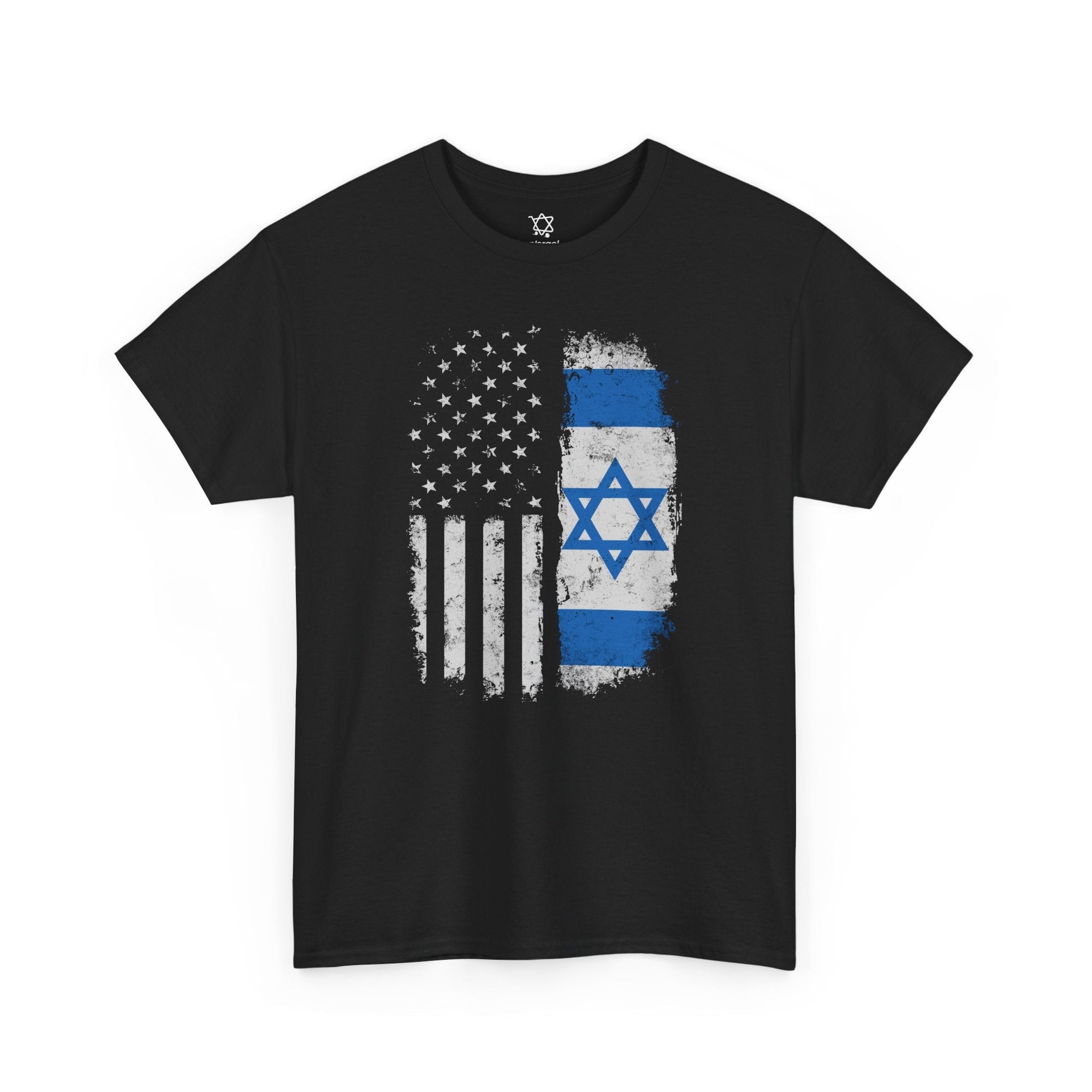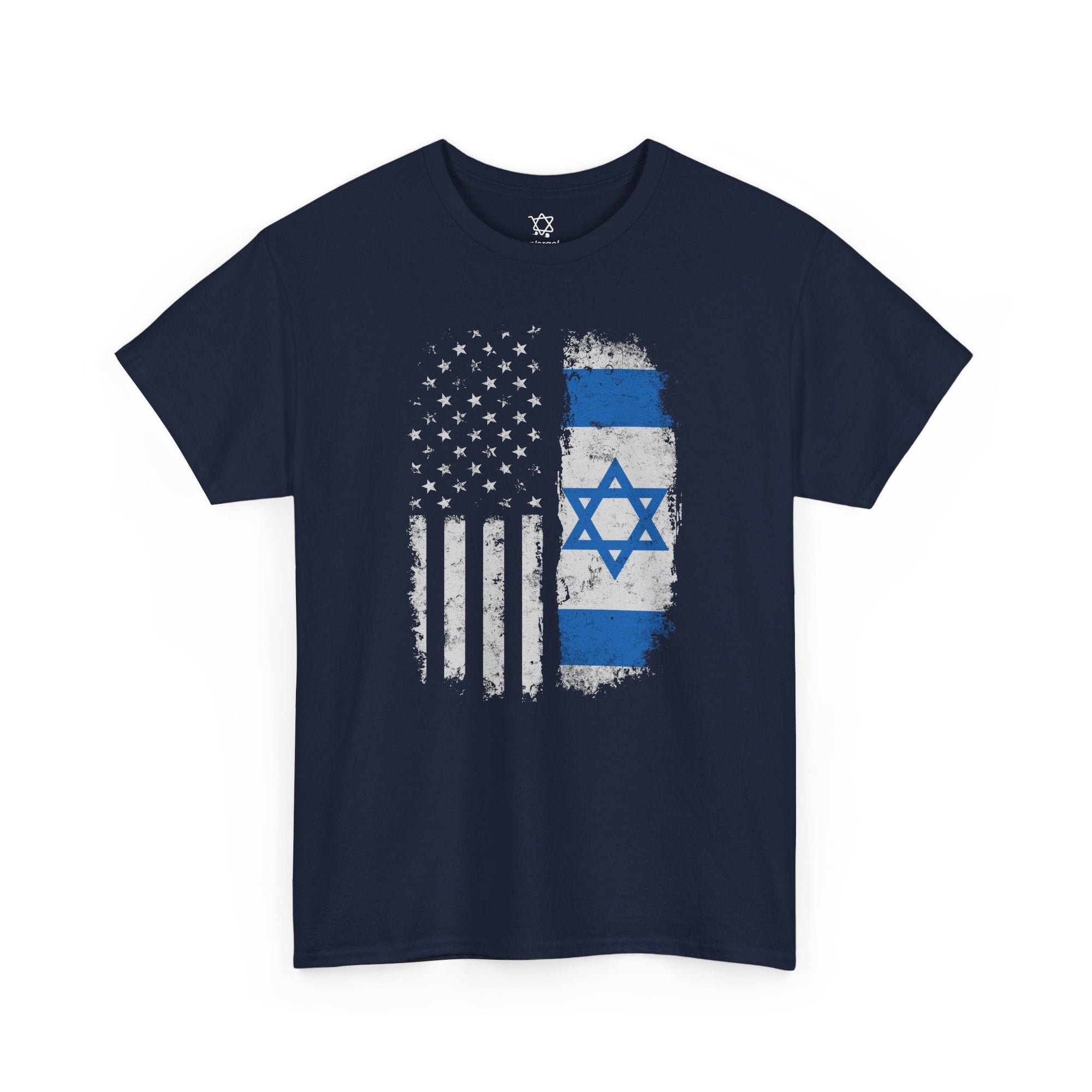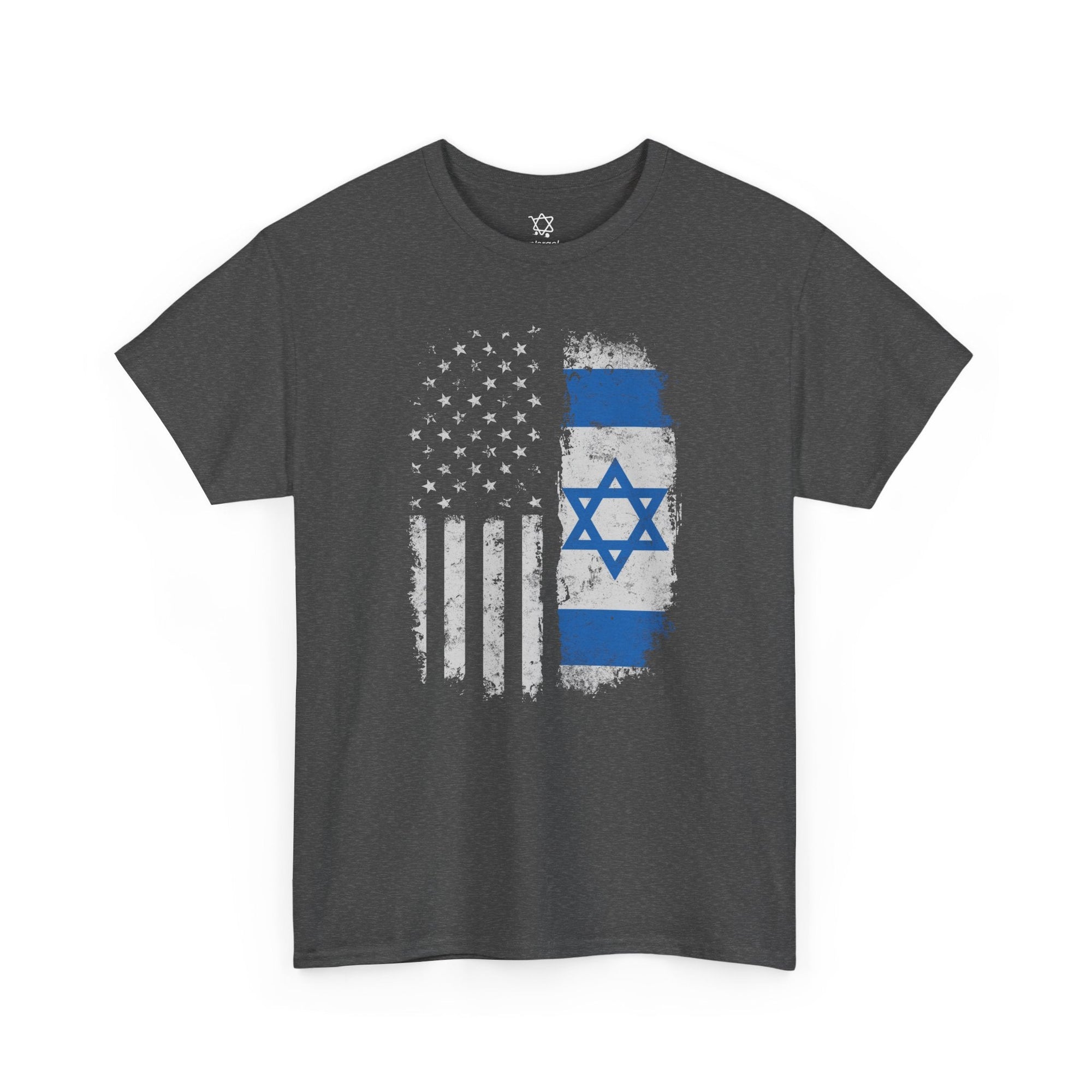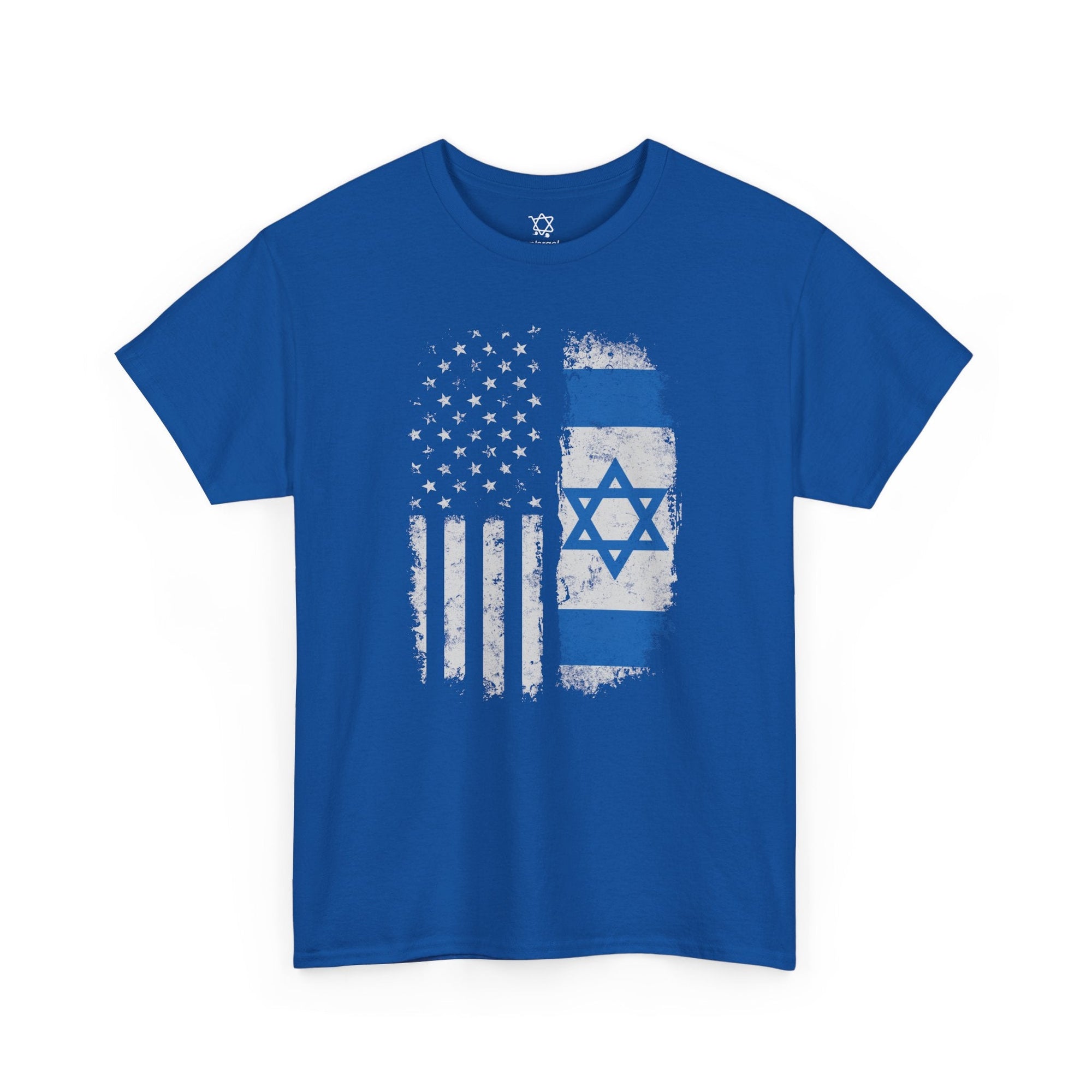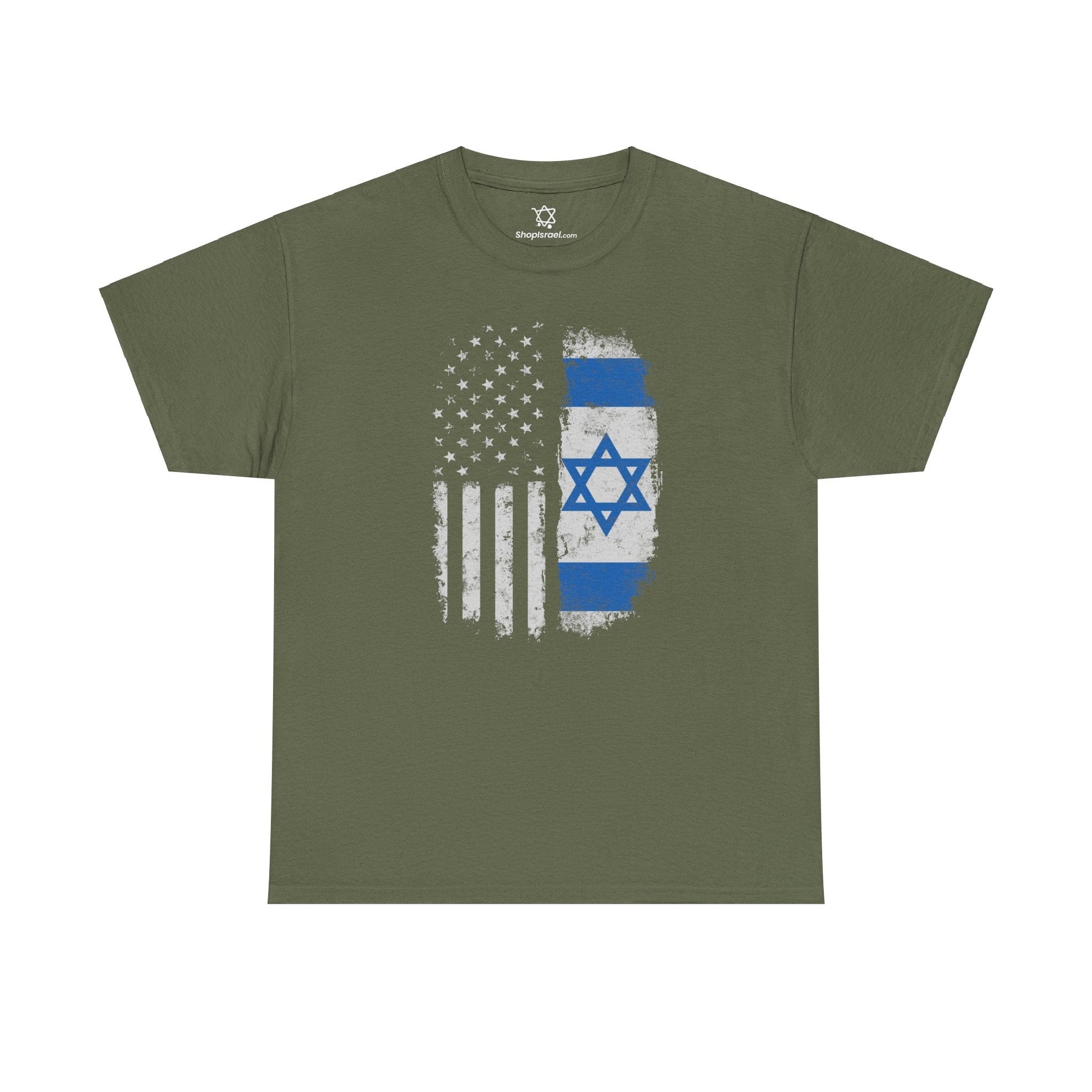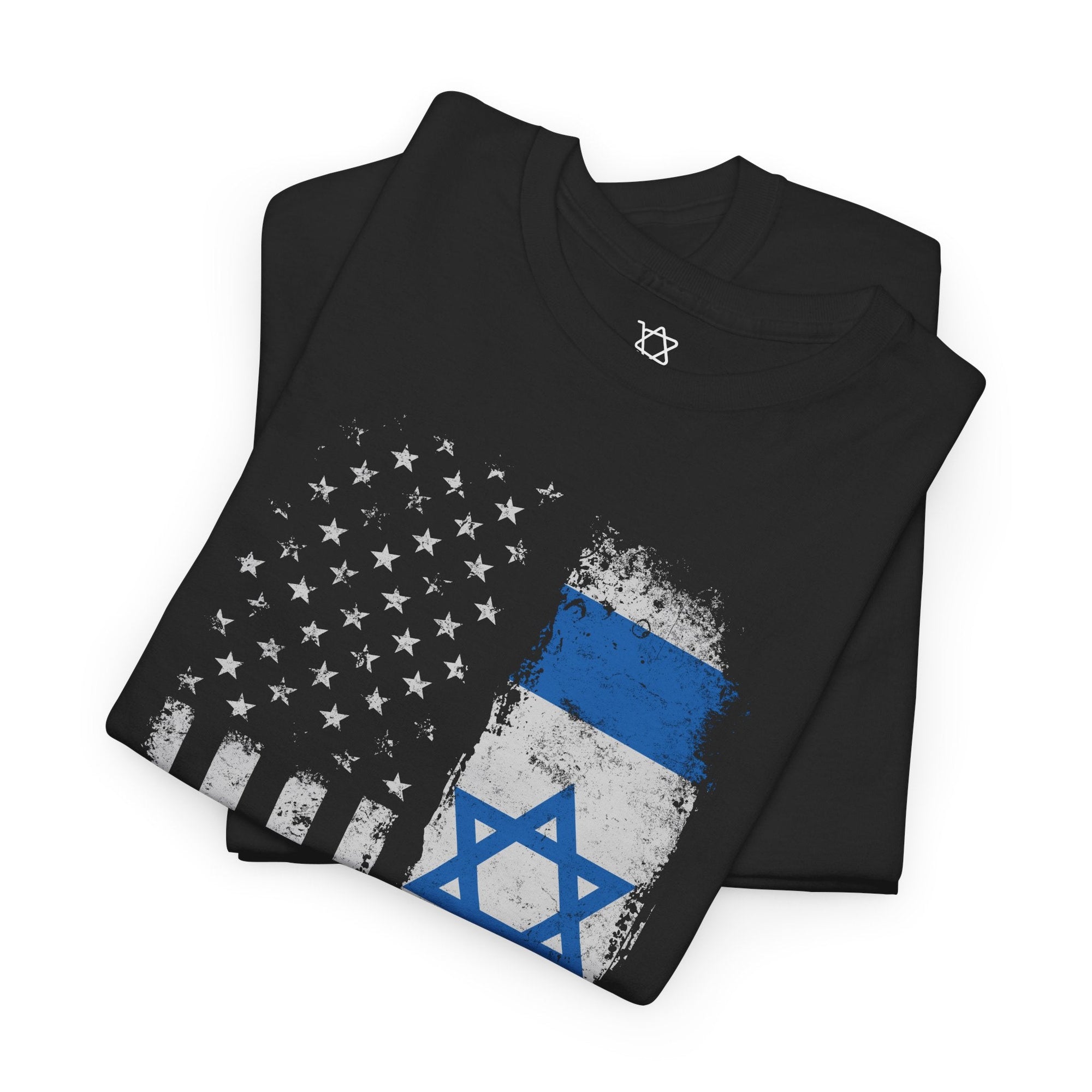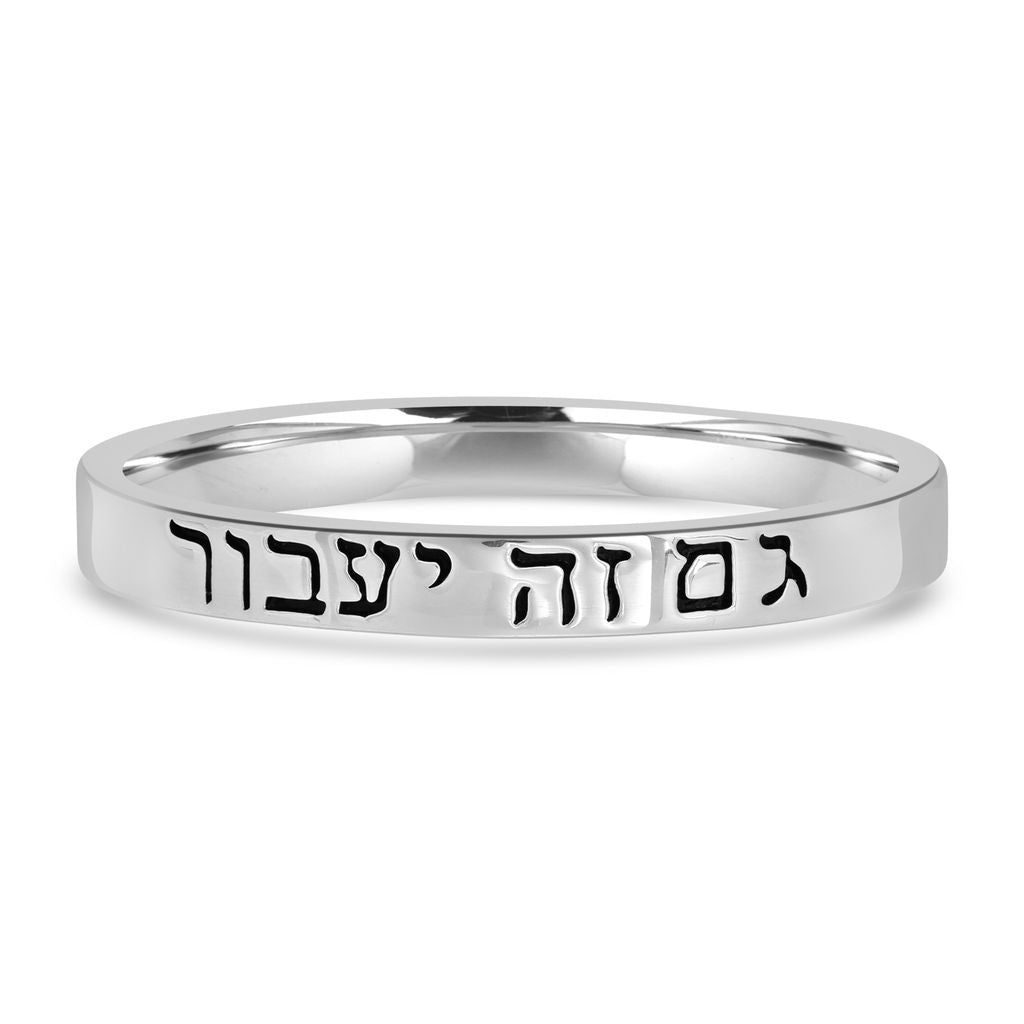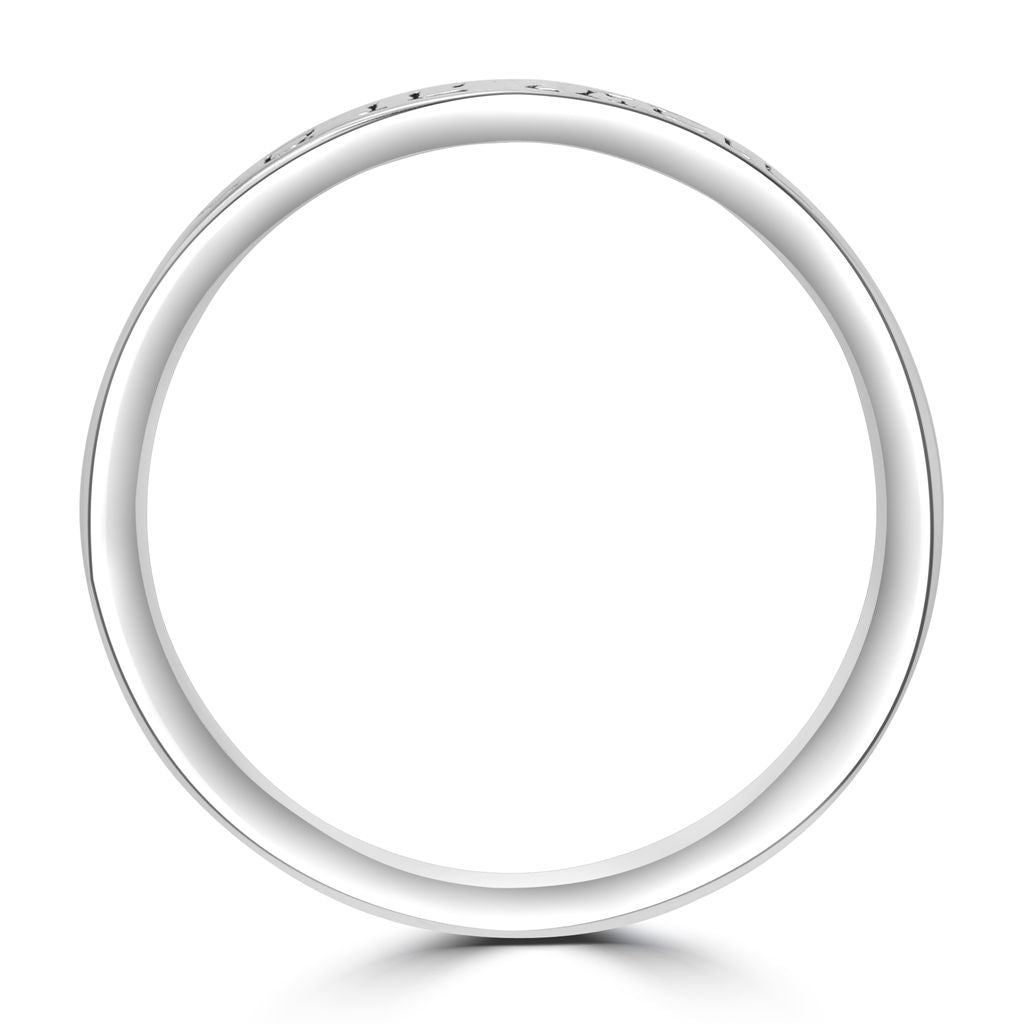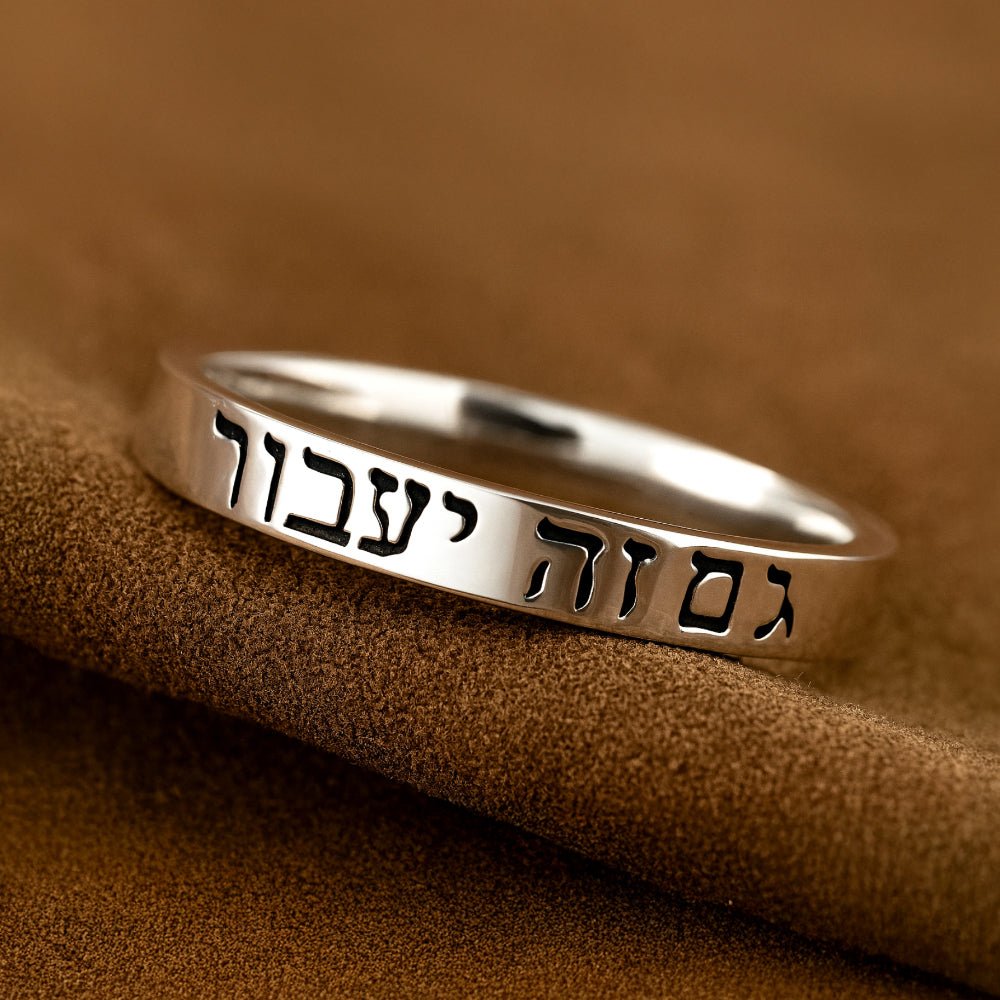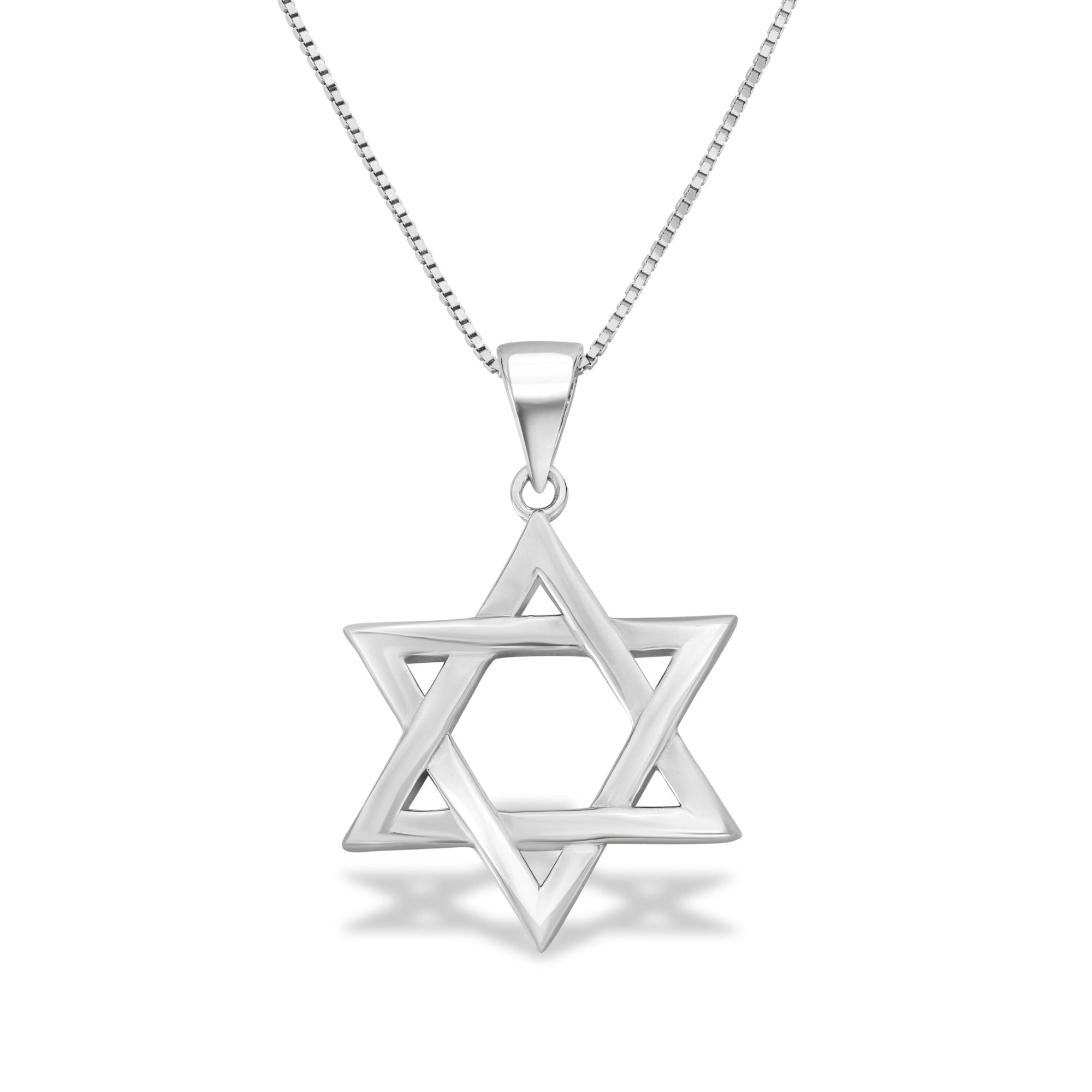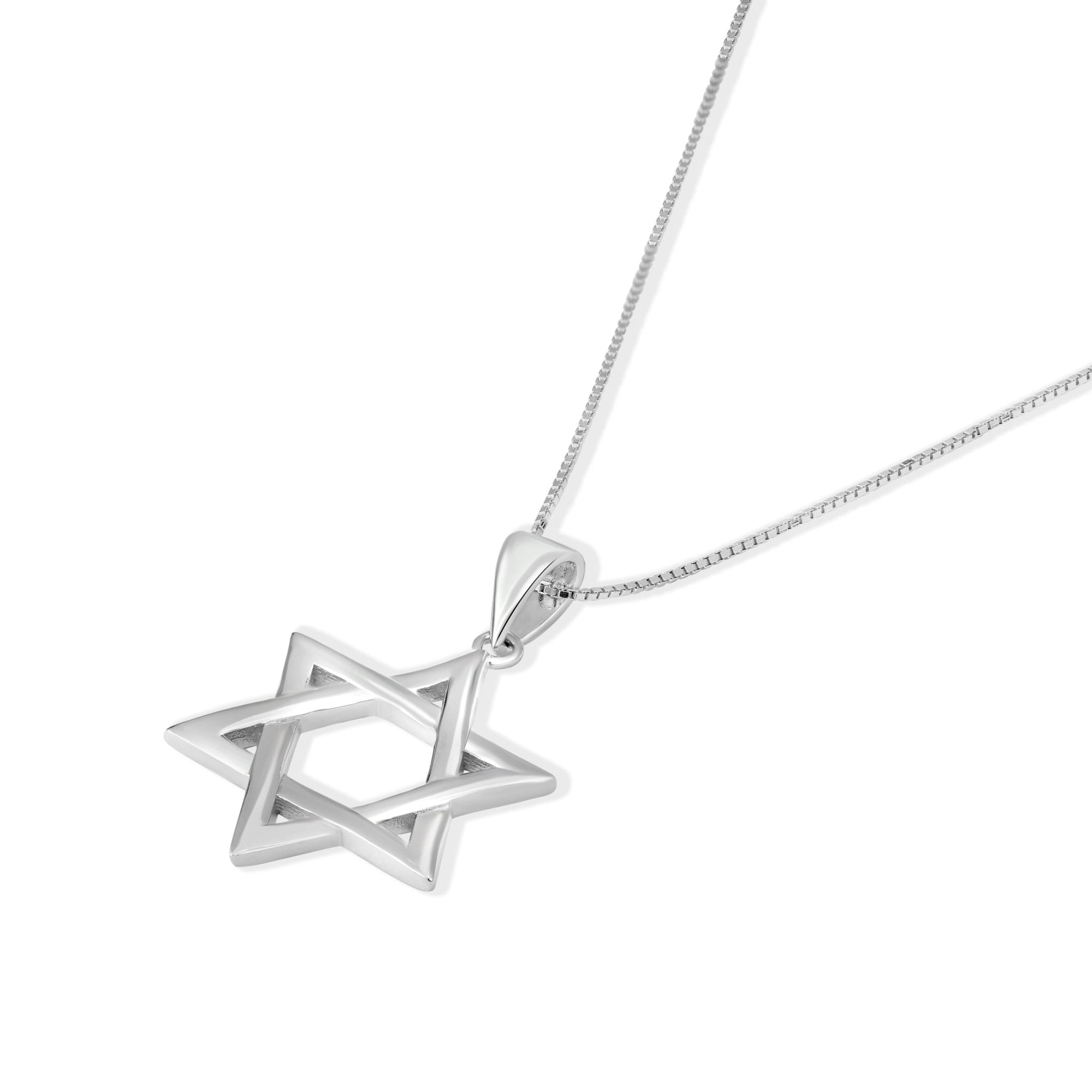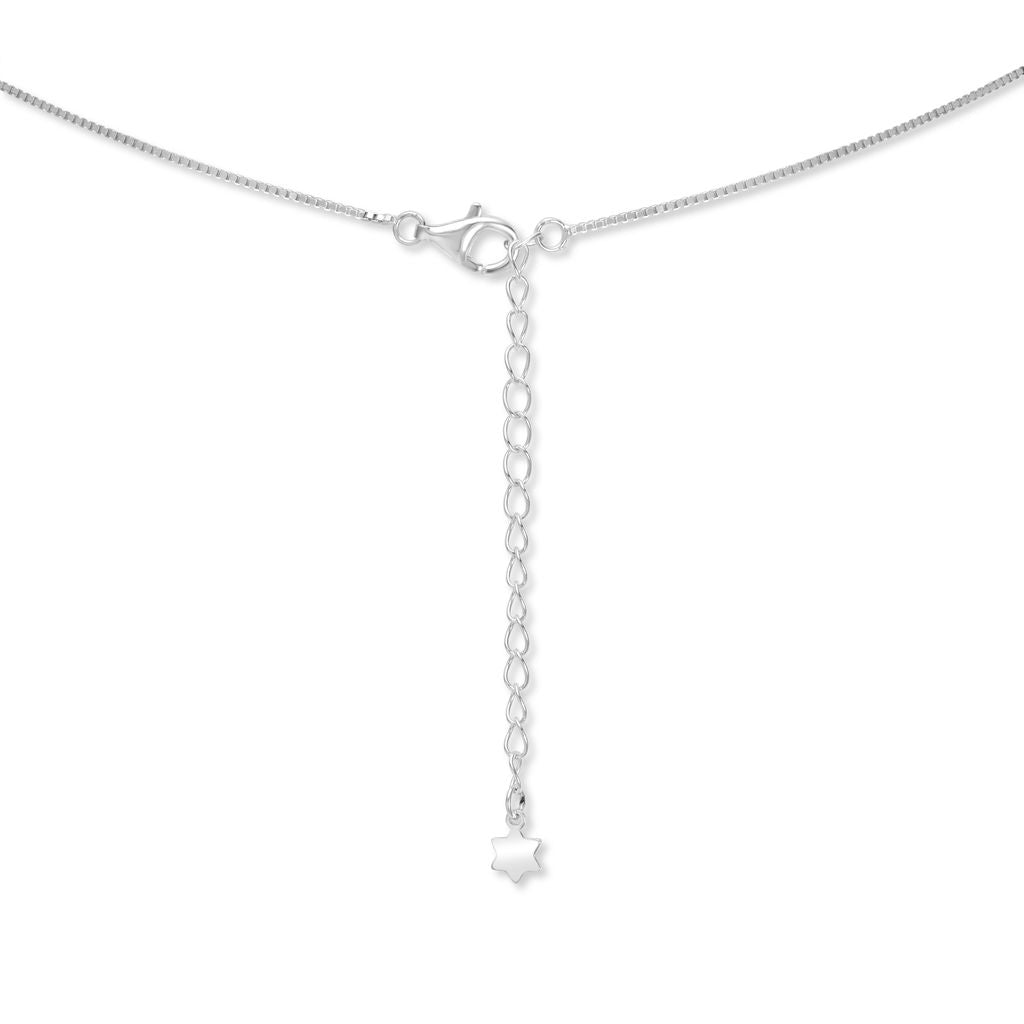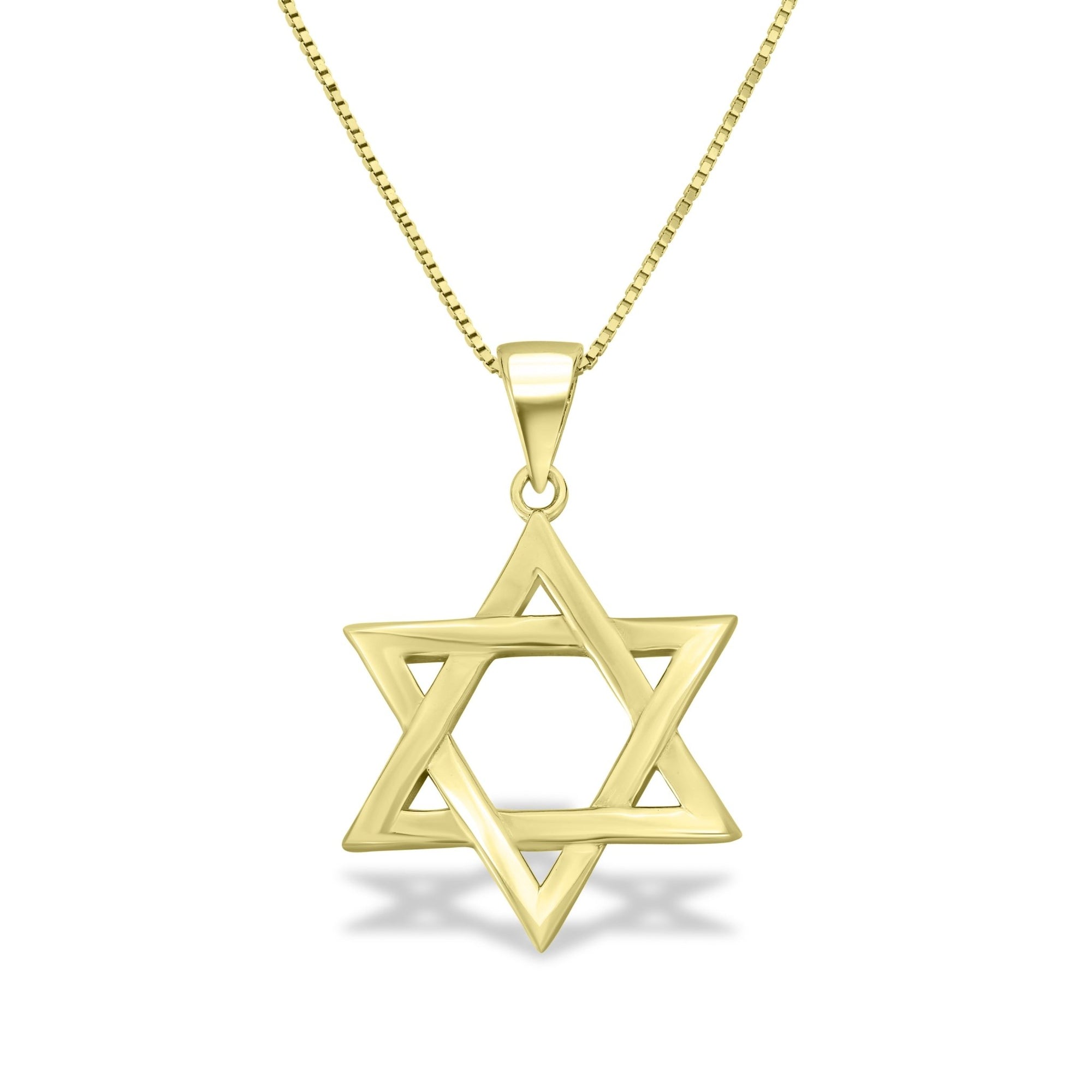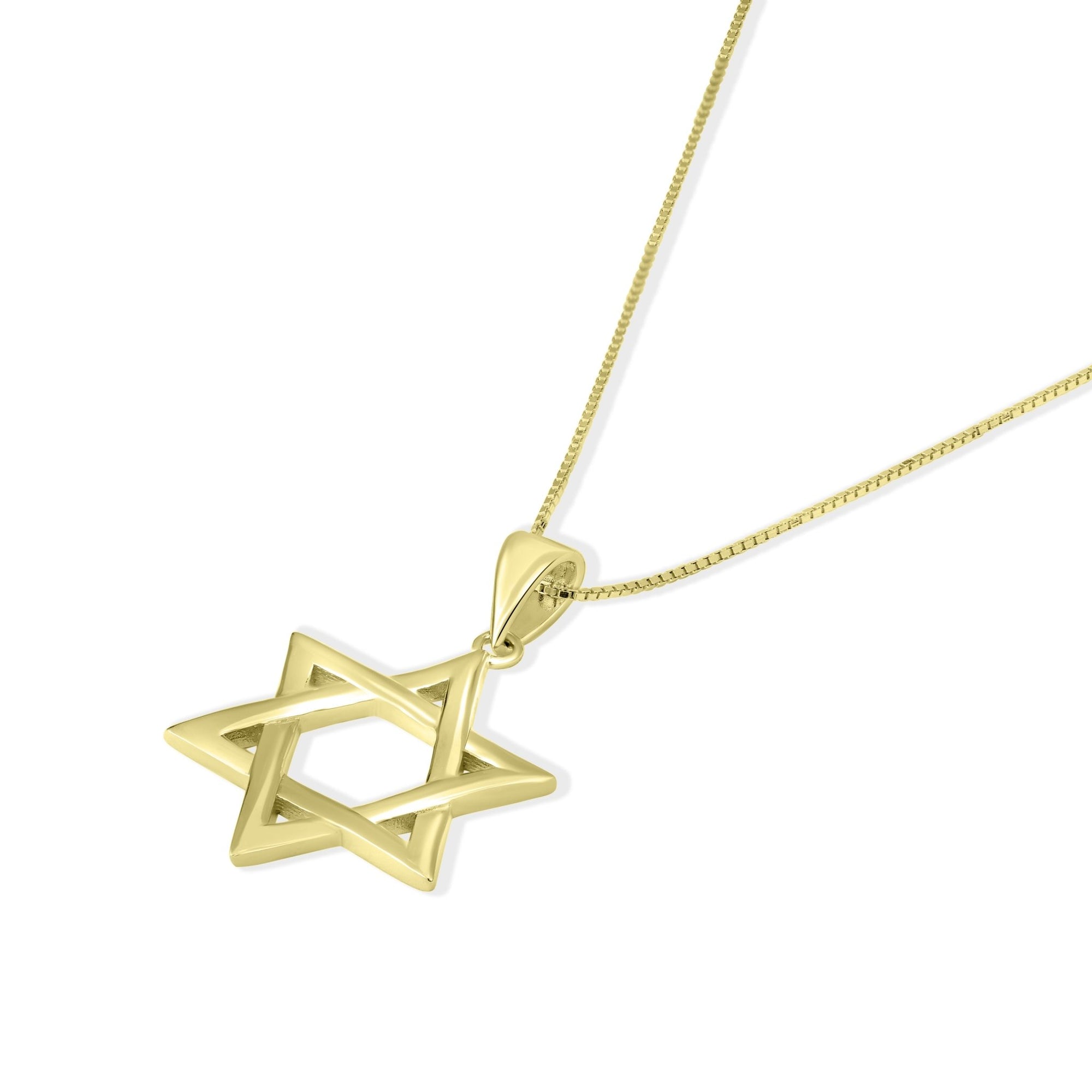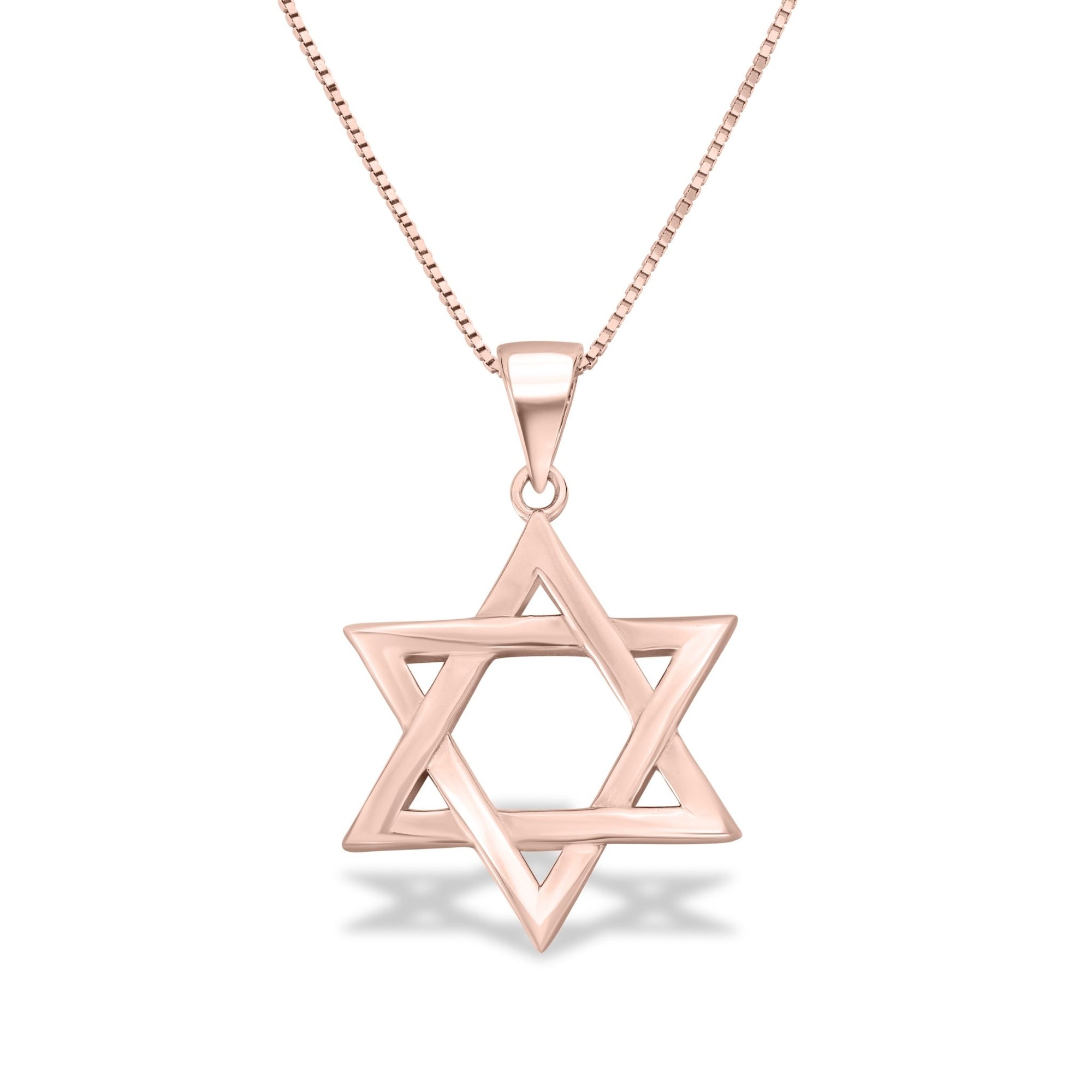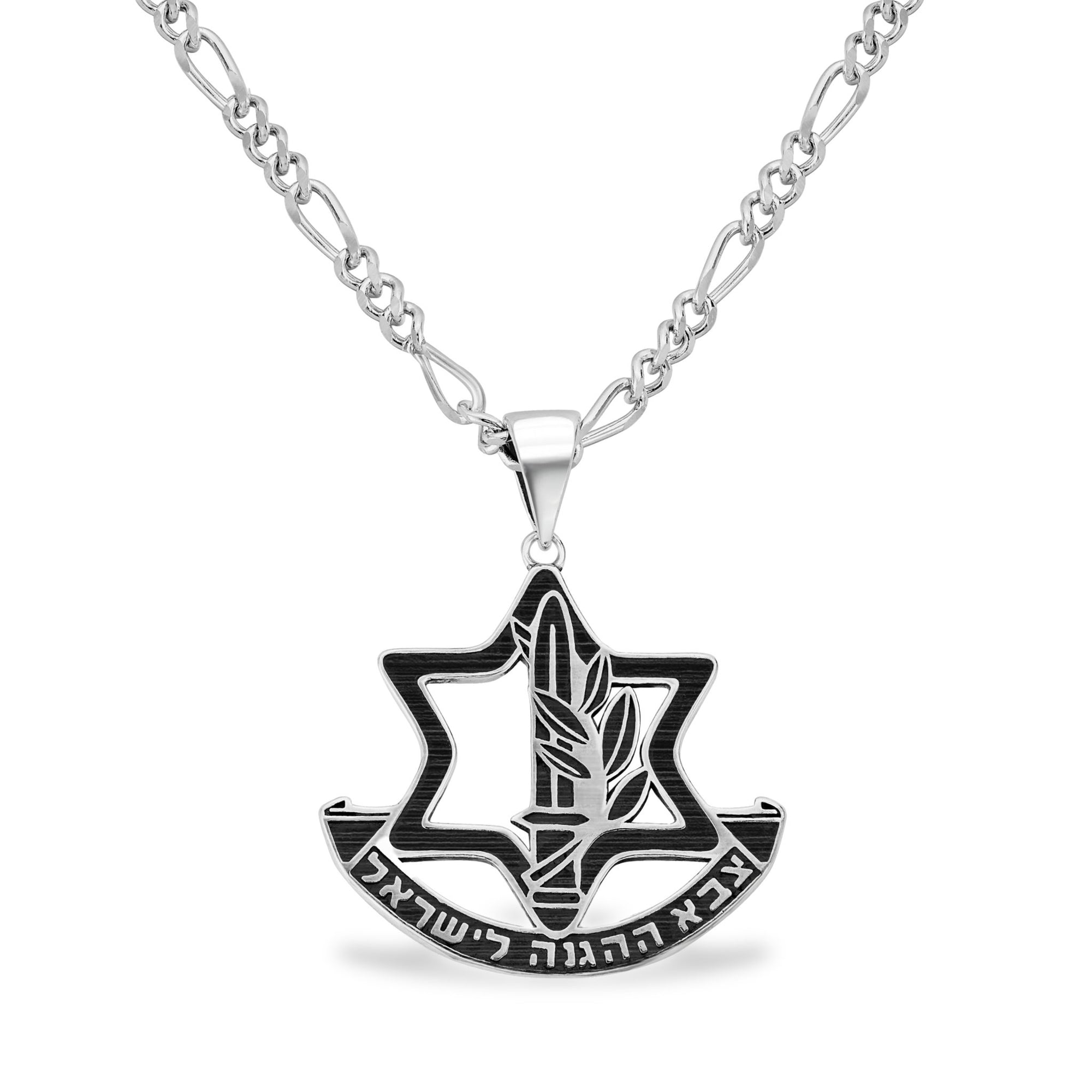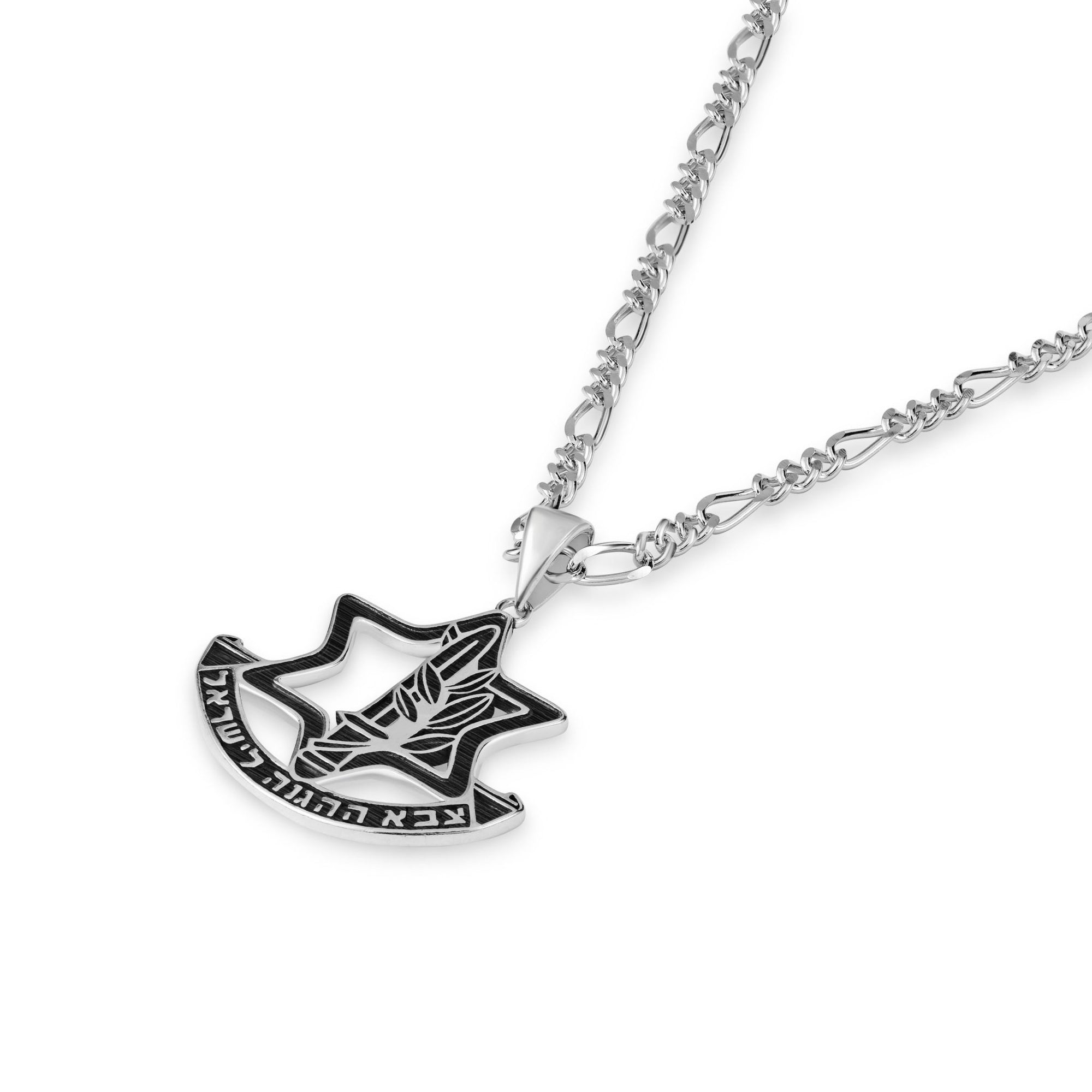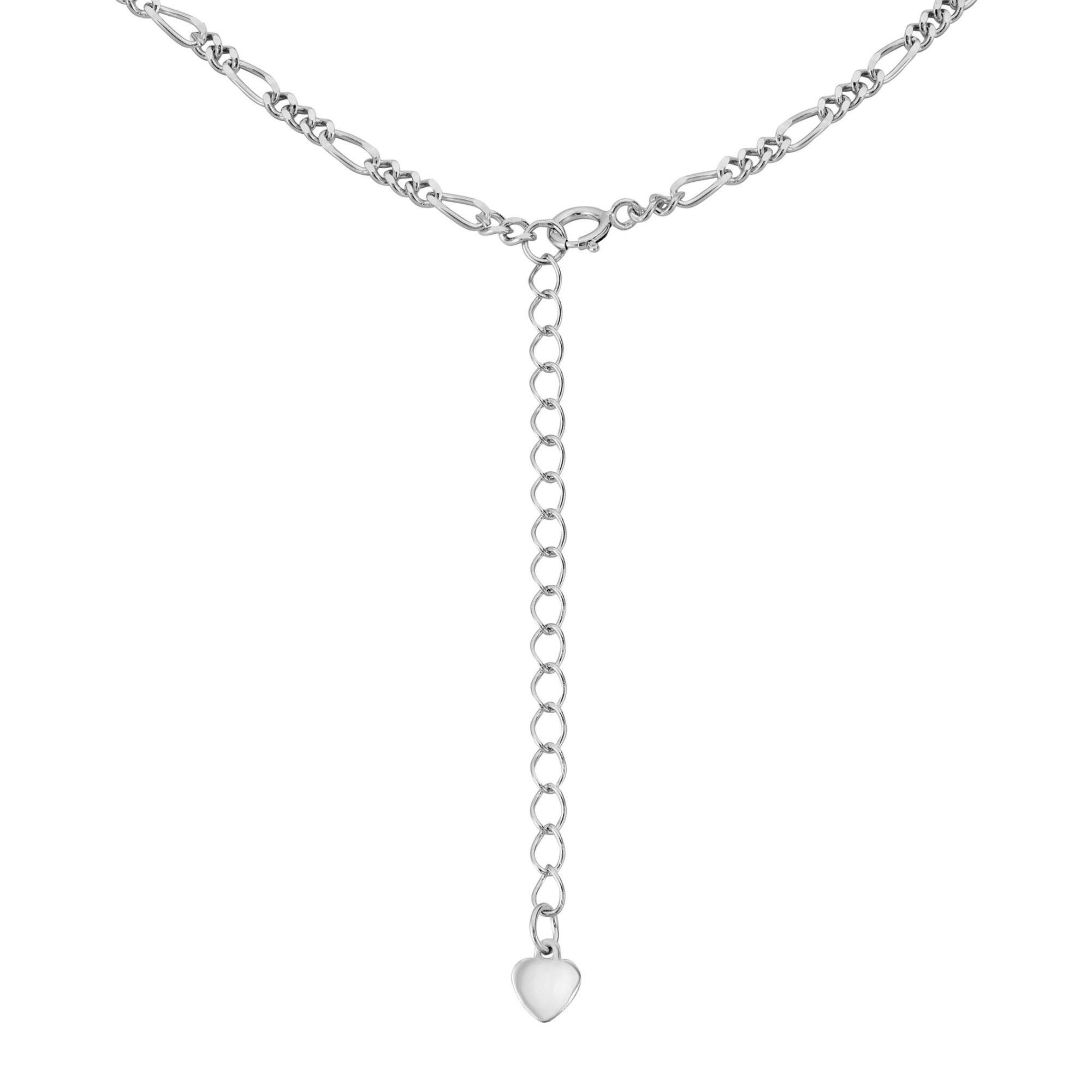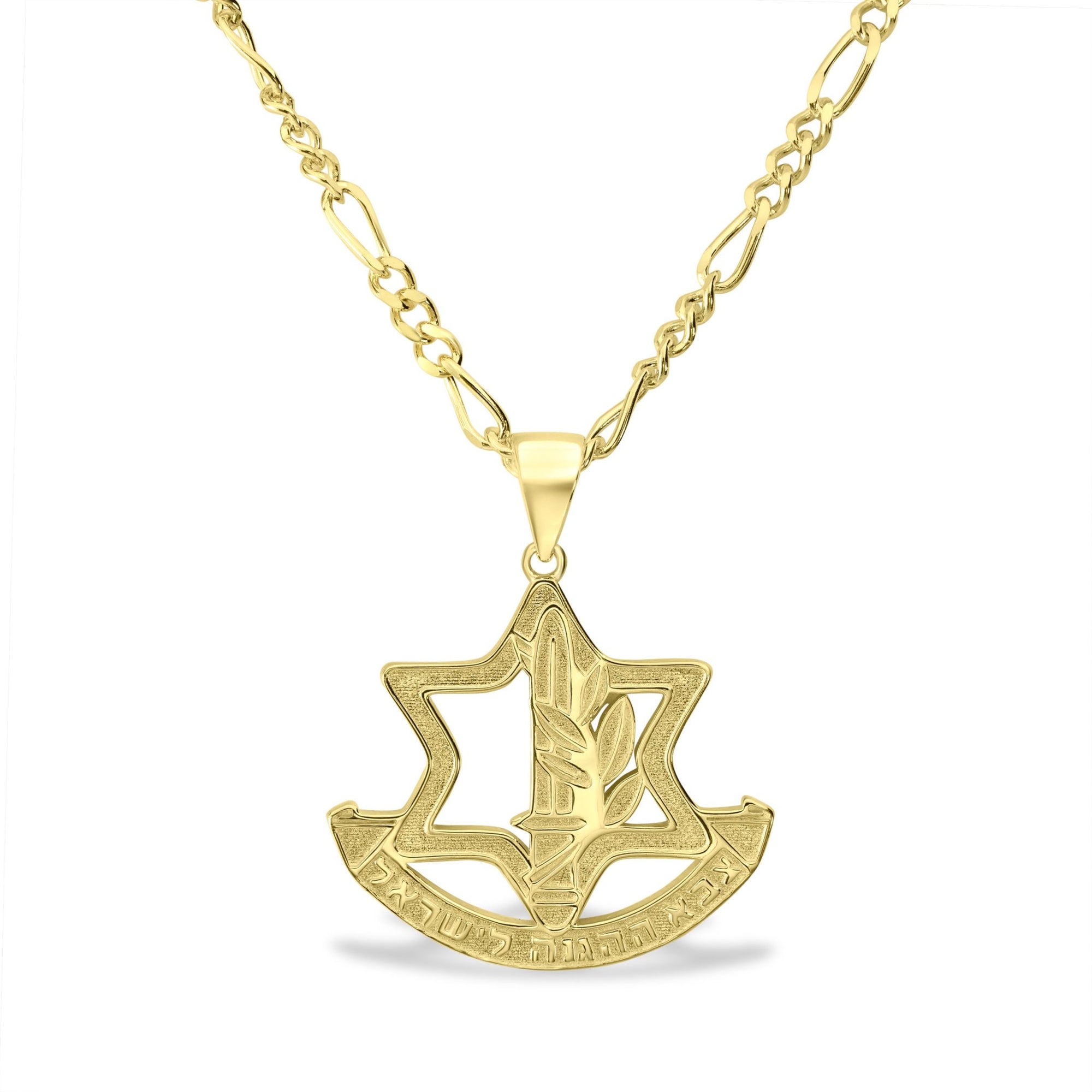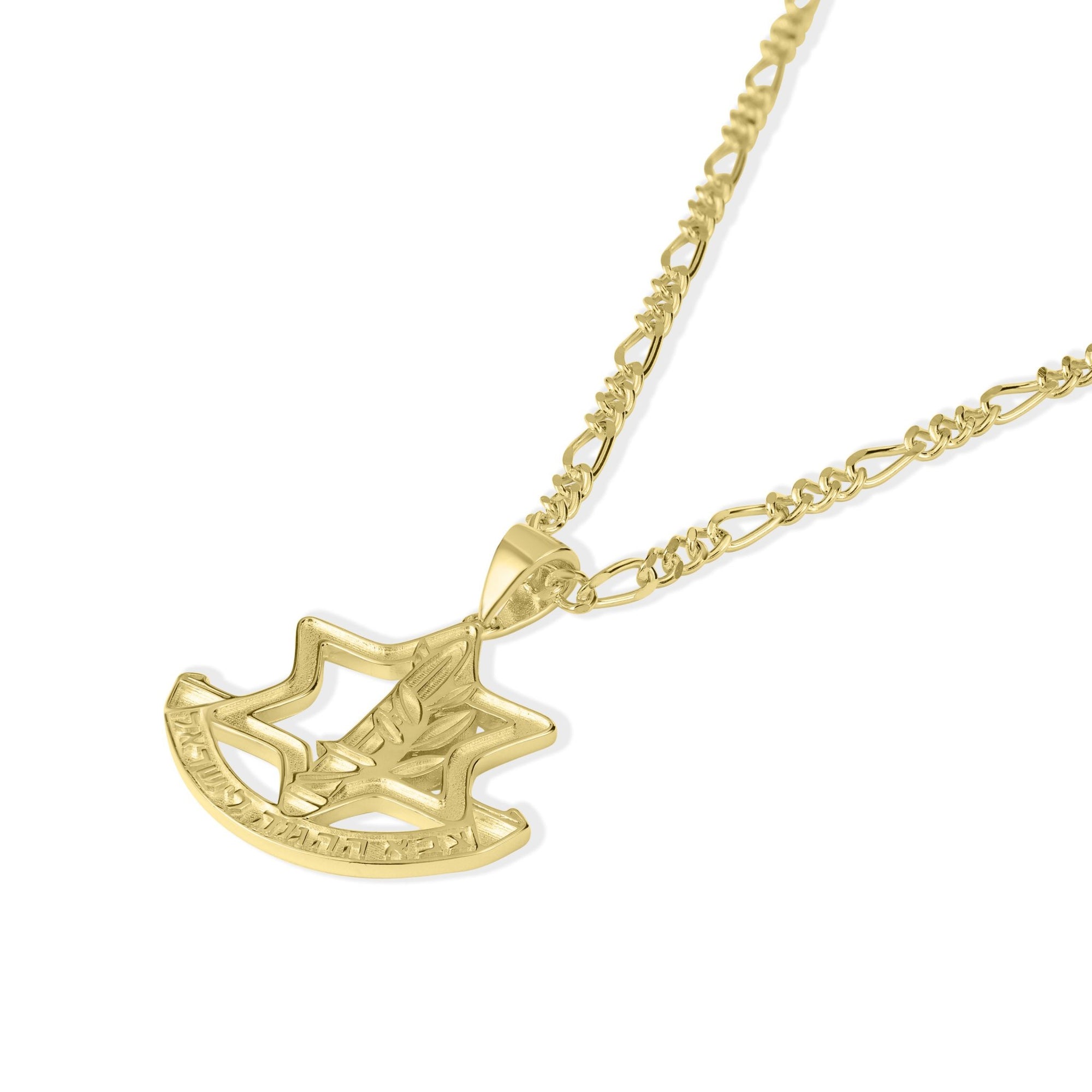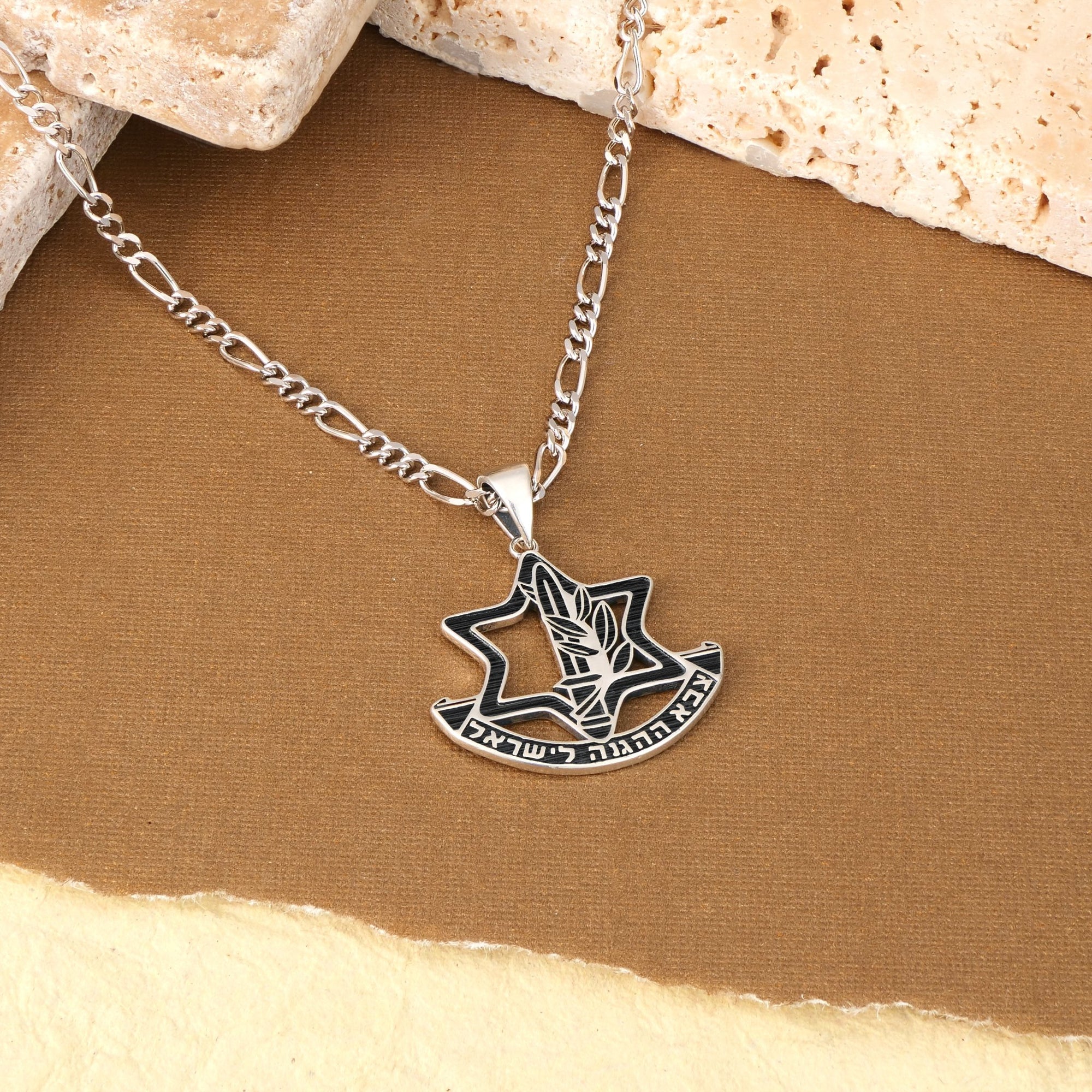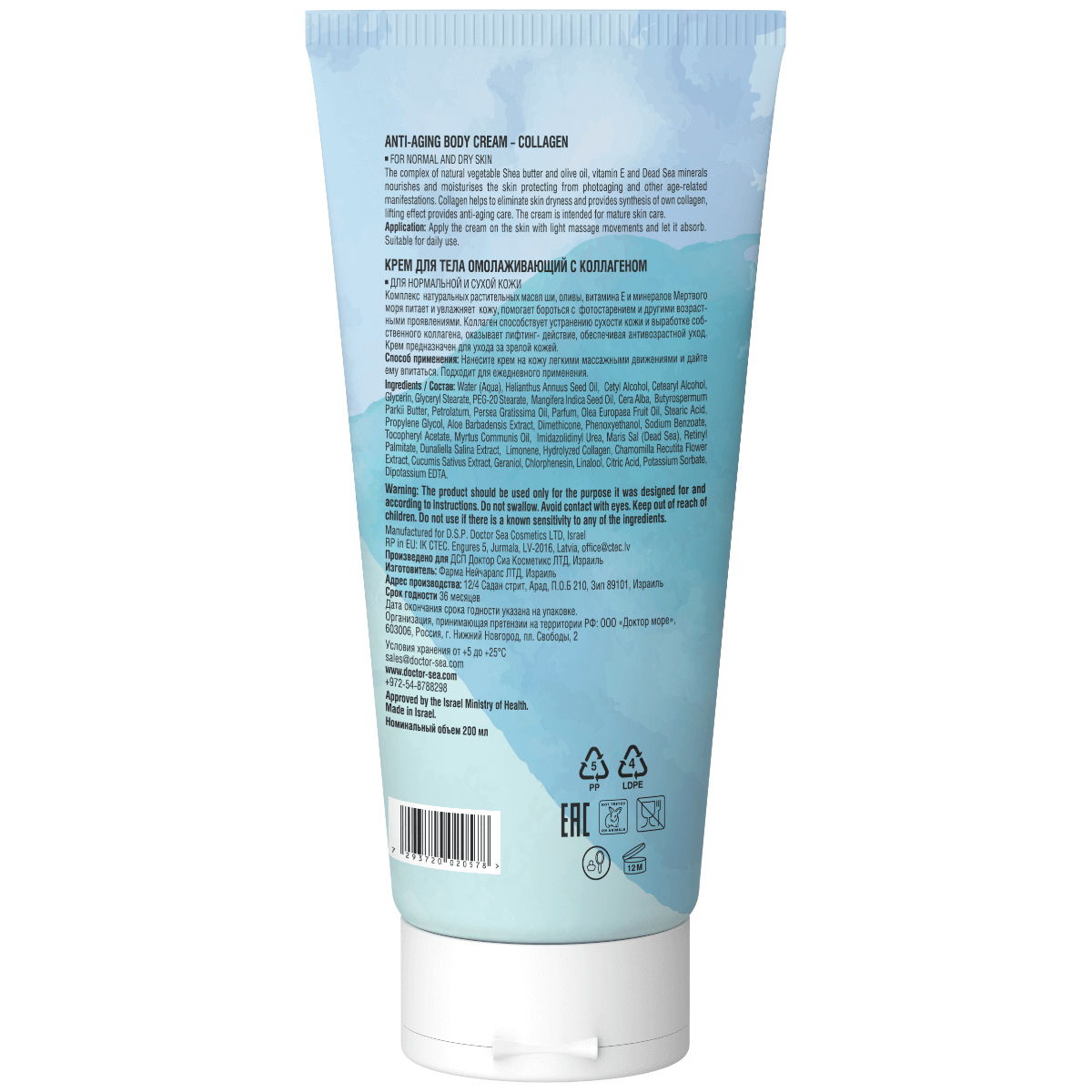Fashion as a Canvas for Coexistence and Identity
In a world often marked by division and cultural clashes, fashion emerges as a subtle yet powerful medium to convey stories of hope, peace, and identity. Zionist fashion, with its deep historical roots and contemporary relevance, exemplifies how clothing can transcend politics to weave narratives of coexistence and cultural preservation. From the minimalist harmonies of collaborative projects like Two Neighbors to the emblematic use of traditional garments such as the keffiyeh and tzitzit, clothing becomes more than mere fabric—it becomes a statement of shared humanity and aspirations for peace.
Two Neighbors: Stitching Peace Through Shared Craftsmanship
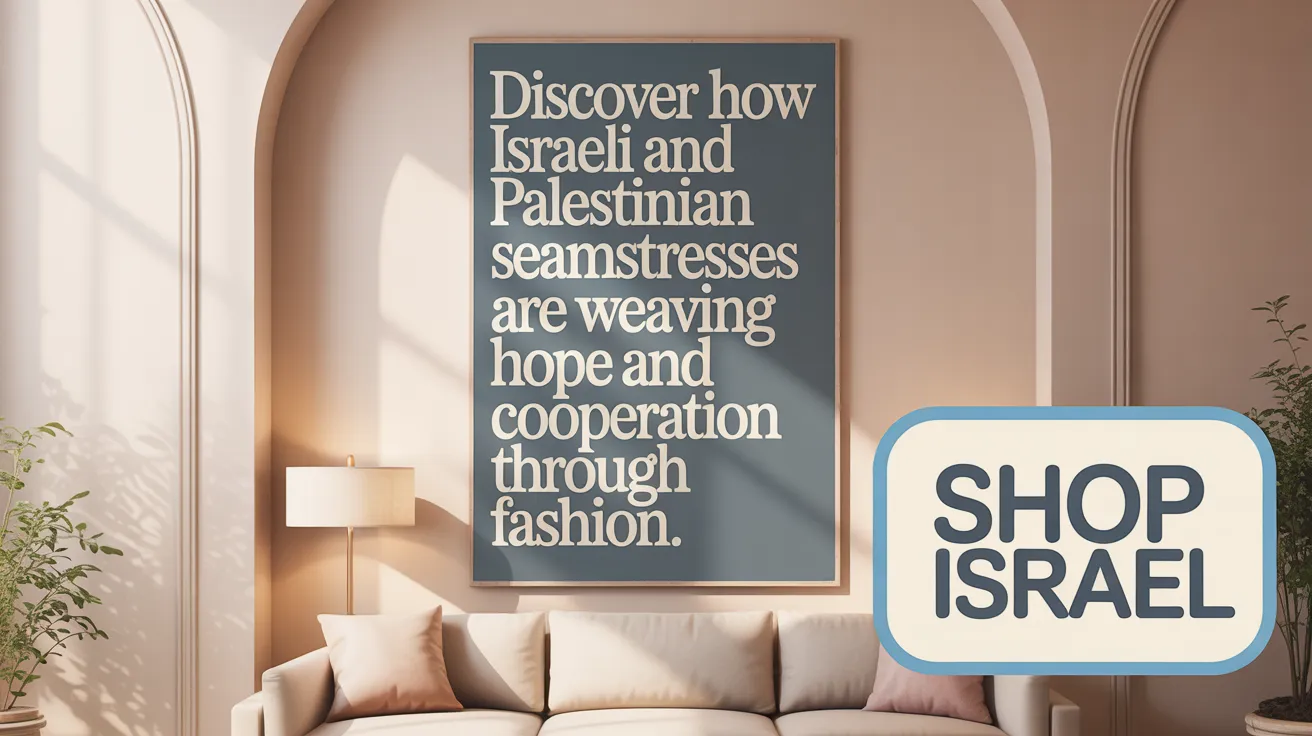
What is the Two Neighbors project and what does it represent?
Two Neighbors is a unique fashion initiative launched in 2013, funded by a Kickstarter-funded clothing brand. It unites Israeli seamstresses trained in the former Soviet Union with nearly 50 Palestinian women from the south Hebron Hills who specialize in traditional embroidery. This collaboration results in modern minimalist clothing adorned with rich, cultural embroidery. The project aims to use fashion as a bridge between cultures, promoting peace and understanding through fashion beyond political conflict.
How does the collaboration of the Two Neighbors project contribute to hope and peace?
The project’s tagline, "peace through the eye of a needle," captures its essence. By working side by side, Israeli and Palestinian women create more than garments—they foster solidarity and mutual respect. This creative partnership challenges traditional boundaries and offers a hopeful alternative narrative focused on equality and cooperation. Economically, it supports the artisans by generating income and improving their prospects. Socially, it nurtures dialogue and connection through the shared language of craft.
What challenges does the Two Neighbors project face?
Collaboration between the two groups is not without obstacles. Physical and political realities such as checkpoints, road closures, and travel restrictions pose significant logistical challenges. Despite these hurdles, the project remains committed to its mission. It emphasizes economic empowerment for Palestinian and Israeli women over political activism, aiming to generate enough sales to support women artisans and sustain peace-building efforts through fashion.
Two Neighbors stands as a vivid example of how culture and craft can weave together communities, creating a fabric of hope and cooperation amidst complexity.
The Keffiyeh: From Indigenous Garment to Symbol of Identity and Reconciliation
Origins and Usage of the Keffiyeh Among Jews and Arabs
The keffiyeh, a traditional Arabian headdress, has a shared heritage among both Arab and Jewish populations indigenous to the region. Early 20th-century Jewish immigrants and Zionist leaders, including prominent figures like Chaim Weizmann, adopted the keffiyeh. Wearing it symbolized a deep-rooted connection to the local culture, land, and a new sense of belonging. This adoption was part of the Zionist effort to forge an authentic identity reflecting indigenous traditions (Keffiyeh as traditional Arabian headdress).
Zionist Adoption and Symbolism
For Zionists, the keffiyeh transcended mere clothing; it became a national symbol representing unity with the land and its people. Youth and military groups within the Zionist movement embraced the headdress, expressing nationalist pride and the vision of the "New Jew" who was linked to the landscape and indigenous culture rather than European diasporic traditions (Jewish use of keffiyeh.
Political Transformation of the Keffiyeh
Over time, the keffiyeh’s symbolism shifted dramatically. After the Arab revolts in the 1920s and 1930s, it evolved into a potent emblem of Palestinian nationalism and resistance. Its political weight intensified when Palestinian leader Yasser Arafat famously wore it, cementing the keffiyeh as a symbol of Palestinian identity. Within Israel, the keffiyeh took on a politicized meaning as an anti-Zionist icon, notably during peace negotiations and moments like the Oslo Accords (Palestinian nationalism and keffiyeh.
Contemporary Cultural Revival
The 21st century has witnessed a revival and partial depoliticization of the keffiyeh. Following the Abraham Accords, Israeli tourists and civilians have embraced the headdress as a fashion accessory, reflecting a renewed cultural exchange and lessening of its exclusive political connotations. This revival underscores how some cultural symbols can bridge divides and foster new narratives of coexistence (Keffiyeh cultural revival post-Abraham Accords.
Role in Zionist Fashion Story
In the broader narrative of Zionist and Israeli fashion, the keffiyeh is a prime example of cultural adaptation and symbolism. Its journey from practical garment to political statement and now a symbol of cultural reconciliation highlights the complex ways fashion intersects with identity, politics, and history in the region (Jewish use of keffiyeh.
Jewish Traditional Garments: Continuity and Cultural Identity
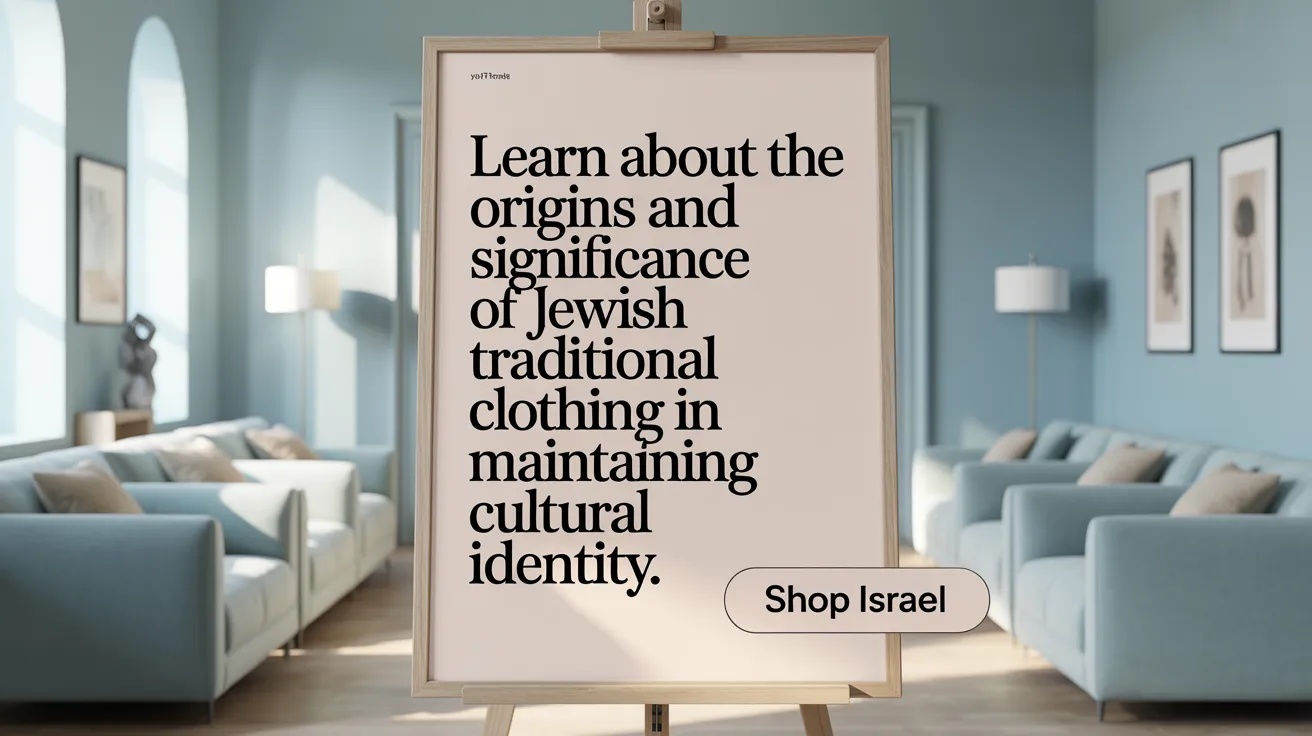
What are the origins and significance of traditional Jewish garments?
Jewish traditional clothing traces back thousands of years to biblical times, with early garments including cloaks, tunics, and caps. These items have persisted as markers of identity and faith. Central among them is the tallit, a prayer shawl traditionally worn by men during synagogue services. The tallit features tzitzit—knotted fringes attached to its four corners—as commanded in the Torah (Numbers 15:38-39), serving to remind the wearer of their religious duties and mitzvot. These garments provide a tangible link to Jewish history, uphold cultural continuity, and symbolize spiritual devotion (Jewish religious clothing).
How do modesty laws affect Jewish religious dress?
Modesty, or tzniut, is foundational in Jewish religious dress codes. Men typically wear head coverings such as the kippah (yarmulke) to show reverence for God, while married women cover their hair with scarves, wigs (sheitel), or hats to fulfill modesty obligations. These practices distinguish Jewish communities from surrounding cultures and reflect adherence to timeless biblical and rabbinic commandments (Jewish religious clothing. Modesty standards also extend to the style of clothing, favoring garments that are loose-fitting and cover much of the body, ensuring that dignity and spiritual focus remain central (Jewish clothing).
What symbolic and cultural meanings do these garments hold?
Jewish garments are rich in symbolism, beyond basic utility. The tzitzit on the tallit remind wearers of the 613 commandments and encourage mindfulness of their religious path (Jew in the City. Head coverings for men signify submission to divine authority, while hair coverings for women represent modesty and marital status. Through these traditions, clothing becomes a form of communication—expressing identity, faith, community belonging, and continuity across generations (Jewish clothing and religious identification. This cultural dress language also reflects Jewish resilience and adaptation, preserving sacred values while engaging with diverse environments (The enduring trajectory of Jewish fashion).
Jewish traditional clothing thus serves multiple purposes: religious observance, cultural identity, modesty, and connection to ancestral heritage, creating a vibrant textile narrative woven through history and daily life (Jewish Religious Clothing.
Jewish Fashion's Subtle Symbolism: Avoiding Iconography while Expressing Identity
Why does Jewish fashion avoid overt religious iconography?
Jewish fashion consciously steers away from overt religious symbols due to biblical prohibitions against depicting sacred figures and idols, as explained in the Jewish religious clothing traditions. This adherence traces back to the Torah's commandments, fostering a tradition where symbolism replaces direct iconography. Instead of explicit religious images, garments feature motifs like florals, fruits, and vegetables. These elements subtly reference biblical themes and teachings while respecting the sacred boundaries set by religious law, as described in the enduring trajectory of Jewish fashion.
How have Jewish communities shaped their fashion style historically?
Jewish communities, especially in Eastern Europe, developed a distinctive, practical style marked by utilitarian garments such as mantles, animal skins, and specific headwear like shtrayml, reflecting Orthodox Jewish men's traditional garments. This fashion arose from economic hardship and cultural insularity, emphasizing modesty and functionality. These styles incorporated tradition within their constraints, ensuring cultural identity persevered without attracting unwanted attention. The influence of local cultures and varying climatic conditions further shaped attire (Jewish clothing from the 18th to 20th centuries).
Use of symbolic motifs in Jewish garments
Symbolic motifs in Jewish clothing go beyond avoidance of idolatry. Patterns inspired by nature—such as floral and produce symbols—evoke biblical references and spiritual ideas without explicit religious imagery, a practice highlighted in Jewish symbolism in garments. These designs offer a means to convey identity and connection to Jewish heritage discreetly.
Cultural influences on Jewish fashion
Jewish fashion reflects both preservation and adaptation. Throughout history, Jewish attire has often mirrored the clothing of surrounding populations but with distinctive features or modest variations. The interaction between Jewish tradition and regional dress created unique stylistic forms that balanced assimilation with identity maintenance, detailed in Jewish clothing and identity.
Modern reinterpretations
Contemporary Jewish fashion continues this trajectory, blending historical influences with modern aesthetics. Designers emphasize modesty (tznius), using high-necked, loose garments crafted from traditional fabrics like moiré and liberty prints—themes consistent with modesty in contemporary Jewish fashion. This approach sustains a cultural continuum that respects ancient laws while embracing current fashion trends.
| Aspect | Description | Example |
|---|---|---|
| Biblical prohibition | Avoidance of sacred iconography in clothing | No images of sacred figures (Jewish religious clothing |
| Symbolic motifs | Use of florals, fruits referencing biblical narratives | Embroidered grapevines or pomegranates (Jewish fashion symbolism |
| Practical style development | Utilitarian, modest dress influenced by poverty | Mantles, shtrayml caps in Eastern Europe (Jewish clothing history |
| Cultural adaptation | Blending local dress with Jewish identity | Regional fabrics and styles with modest tweaks (Jewish clothing |
| Modern reinterpretations | Modest, historically influenced garments with current trends | High-necked dresses with traditional fabrics (Jewish fashion modernity |
Jewish Contributions to Modern Fashion and the Fashion Industry

What role have Jewish immigrants played in fashion industry development?
Jewish immigrants have played a foundational role in the global fashion industry, particularly in America and the UK. Escaping persecution and hardship in Europe, they brought exceptional tailoring skills and deep cultural knowledge to their new homes. This blend of craftsmanship and adaptability allowed them to establish and grow garment manufacturing sectors that became cornerstones of global fashion. Their contributions range from early garment workshops to pioneering ready-to-wear manufacturing and haute couture design. For a detailed historical perspective, see Jewish Contribution to Fashion, and for British context visit Jews transformative 60s fashion.
Who are some notable Jewish fashion designers and their contributions?
Many Jewish designers have significantly shaped modern fashion. Ralph Lauren, born Ralph Reuben Lifshitz, famously merged American casual style with British elegance, creating an iconic global brand. Calvin Klein's minimalist approach changed American fashion in the late 20th century, while Diane von Furstenberg popularized the wrap dress as a symbol of female empowerment. Michael Kors focuses on luxury sportswear with wide international appeal, and others like Judith Leiber redefined accessories with distinctive craftsmanship. These designers blend traditional skills with innovation, embedding Jewish heritage into contemporary fashion. More about these influential figures can be found in Jewish Contribution to Fashion.
How have Jewish designers demonstrated resilience and innovation?
Jewish fashion professionals have shown remarkable resilience, rebuilding careers and businesses after facing adversity such as the destruction of European markets during World War II. Many embraced new opportunities in the Americas, sustaining family traditions and mentoring new generations. Innovation arises from integrating ethnic motifs and cultural history into modern designs, allowing Jewish fashion to evolve while respecting its roots. This approach has kept Jewish fashion relevant and influential across decades. Explore more on this in Design in Exile: Jewish Contribution to Fashion.
How has the integration of ethnic motifs shaped Jewish fashion?
Jewish fashion incorporates subtle biblical symbols and traditional motifs like tzitzit fringes and florals, respecting religious laws against overt iconography. This cultural symbolism enriches garments with meaning, connecting wearers to history and faith. Modern designers balance these ethnic elements with contemporary trends, creating unique styles that honor heritage while appealing to diverse markets worldwide. For more on symbolism and motifs, see The enduring trajectory of Jewish fashion and Why do Jewish men wear tzitzis?.
What is the legacy of Jewish tailoring and garment production?
The legacy includes the transformation of small immigrant workshops into influential fashion houses and brands that continue to define style globally. Jewish tailors and garment workers helped professionalize the industry, setting quality and design standards. Their familial enterprises and community networks fostered sustained innovation and craftsmanship, securing Jewish fashion's place in history and contemporary culture. Learn more about the roots and development at Jewish clothing and Jewish Religious Clothing.
Fashion as Political and Cultural Expression: Palestinian Embroidery and the Nöl Collective
How does Palestinian embroidery convey cultural and political narratives?
Palestinian embroidery, especially styles like tatreez embroidery, is deeply symbolic and historically rich. These traditional patterns are more than decorative arts; they serve as visual stories of Palestinian identity, resilience, and resistance. After the 1948 Nakba—an event marking widespread displacement—tatreez took on heightened political meaning. The colors, motifs, and fabric compositions articulate narratives of loss, belonging, and endurance. In this way, embroidery becomes a form of cultural preservation and an act of subtle defiance, transforming clothing into a medium laden with political and emotional significance.
What is the role of the Nöl Collective in Palestinian fashion?
The Nöl Collective, founded and led by Yasmeen Mjalli, is a vital player in promoting Palestinian fashion as both cultural heritage and political expression. Collaborating with Palestinian women's cooperatives across Palestine, the collective crafts garments that honor traditional embroidery techniques while integrating indigenous natural dyes. Mjalli prioritizes transparency in the supply chain and nurtures strong community relationships, even as logistical challenges from Israeli occupation and blockade persist. By doing so, the Nöl Collective creates clothing that is not only aesthetically meaningful but also politically nuanced, fostering empowerment and solidarity through fashion.
Together, Palestinian embroidery by women in south Hebron Hills and initiatives like the Nöl Collective underscore how fashion can be a powerful tool for cultural storytelling and subtle political engagement, bridging heritage with contemporary social realities.
The Peace Symbol in Fashion: From Anti-Nuclear Roots to Mainstream Expression
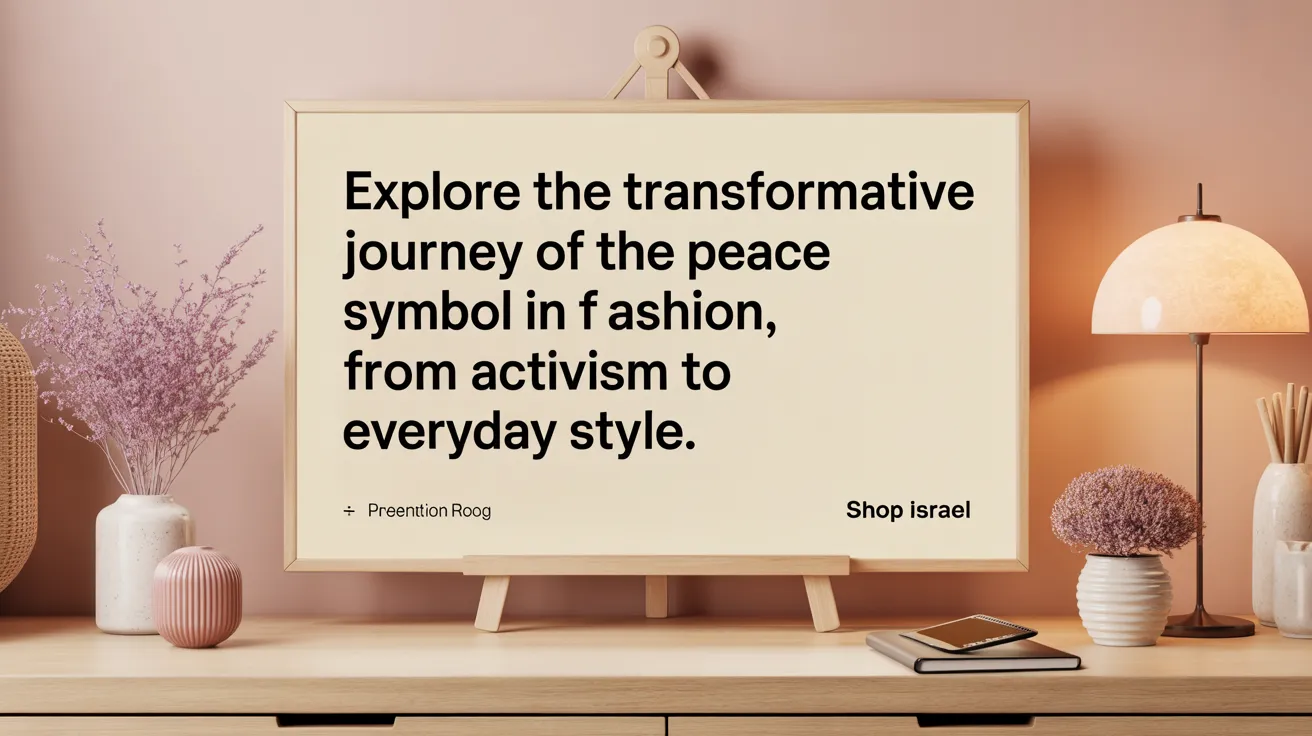
What is the origin of the peace symbol and how has it evolved in fashion?
The peace symbol was designed in 1958 by Gerald Holtom during a nuclear disarmament movement. Originally intended as a symbol of anti-nuclear protest, it first appeared in a London peace march. Since then, it has grown into a globally recognized icon surpassing its initial political context. Over the decades, the peace sign found a prominent place in fashion, being embraced by numerous designers and brands. It has been incorporated into various apparel items such as T-shirts, sweatshirts, and accessories. High-end fashion houses like Gucci, Michael Kors, and Dolce & Gabbana have revisited 1960s and 1970s hippie styles, often featuring the peace symbol as part of their collections (source).
How does peace symbol clothing promote messages of hope and kindness?
Peace symbol clothing often includes complementary motifs like florals and slogans promoting kindness and love. These designs resonate widely, carrying universal messages beyond political activism. Wearing such clothing acts as a soft form of advocacy, spreading ideals of peace and harmony in everyday life. The prevalence of these themes in fashion underscores apparel's potential as a tool for fostering cultural unity and positive social values (source).
Popularity in contemporary and retro styles
The peace symbol enjoys popularity in vintage-inspired, boho, hippie, and retro fashions. These styles celebrate cultural expressions linked to peace movements and continue to attract diverse audiences. On platforms like Etsy, thousands of products feature the peace sign, highlighting sustained consumer interest. Both casual wear and luxury items feature the symbol, showing its versatility and broad appeal (source.
Fashion’s role in promoting peace ideals
Through its widespread incorporation into clothing, the peace symbol helps keep peace ideals visible in public life. It transforms wearers into ambassadors of hope and solidarity without requiring formal activism. Fashion thus acts as a bridge, connecting past movements to current cultural expressions and encouraging peaceful coexistence across communities (source.
Zionist Fashion as a Narrative of Hope, Identity, and Coexistence

How does Zionist fashion articulate the story of hope and peace?
Fashion in Zionist contexts often tells a powerful story of hope, peace, and coexistence. Projects like Two Neighbors clothing brand exemplify this by bringing together Israeli and Palestinian women to craft modern minimalist clothing with embroidery. This collaboration goes beyond clothing — it represents an economic opportunity for nearly 50 Palestinian women and Israeli seamstresses, uniting them despite logistical challenges like checkpoints and closures. The garments become symbols of solidarity, nurturing optimism and fostering dialogue without political labels, driven by the vision to support women economically and promote cultural understanding through shared creativity.
What role do traditional Jewish and Palestinian elements play in Zionist fashion?
Traditional elements are deeply woven into these fashion narratives. Jewish religious garments often include features like tzitzit—fringes attached to four-cornered garments symbolizing commandments and identity. Palestinian motifs, especially the intricate embroidery known as tatreez, carry stories of heritage and resistance. Zionist fashion blends these cultural symbols to reflect a shared history and ongoing connection to the land. This fusion acts as a living tapestry that honors the unique traditions of both groups while crafting a new, hopeful identity.
Economic empowerment through fashion projects
Beyond symbolism, these collaborative fashion initiatives serve a practical purpose: economic empowerment. By selling garments that merge Israeli craftsmanship and Palestinian embroidery, projects like Two Neighbors clothing brand aim to sustain the artisans financially and improve future prospects. This economic base anchors the larger hope for peace, showing that prosperity and cooperation can flourish side by side.
Overcoming divisions via collaborative fashion
Despite significant barriers, including political tensions and movement restrictions, cooperative projects continue to bridge divides. Fashion offers a non-political, creative channel where women from conflicting communities can engage comfortably. This approach cultivates mutual respect and understanding, demonstrating the potential of shared cultural endeavors to transcend entrenched conflicts.
Emergence of hopeful symbols embedded in dress
The clothes produced tell stories of identity and resilience. Using traditional Jewish garments like those with tzitzit alongside Palestinian embroidery creates objects that are both beautiful and meaningful. These garments carry the tagline “peace through the eye of a needle,” embodying hope stitched into every thread. The symbolism rooted in these designs points toward coexistence, cultural respect, and the belief that shared traditions can inspire a peaceful future.
Weaving a Future of Peace Through Fabric and Tradition
Zionist fashion stands at the crossroads of history, culture, and hope, illustrating how clothing can be a powerful narrative tool that transcends political divides. Through projects uniting Israeli and Palestinian artisans, the revival and reinterpretation of traditional garments, and the adoption of universal symbols of peace, fashion encapsulates aspirations for coexistence and mutual respect. This dynamic realm shows that attire is not only about self-expression but can also embody stories of resilience, solidarity, and a shared dream for a peaceful future where diverse identities harmoniously coexist on the same fabric.
